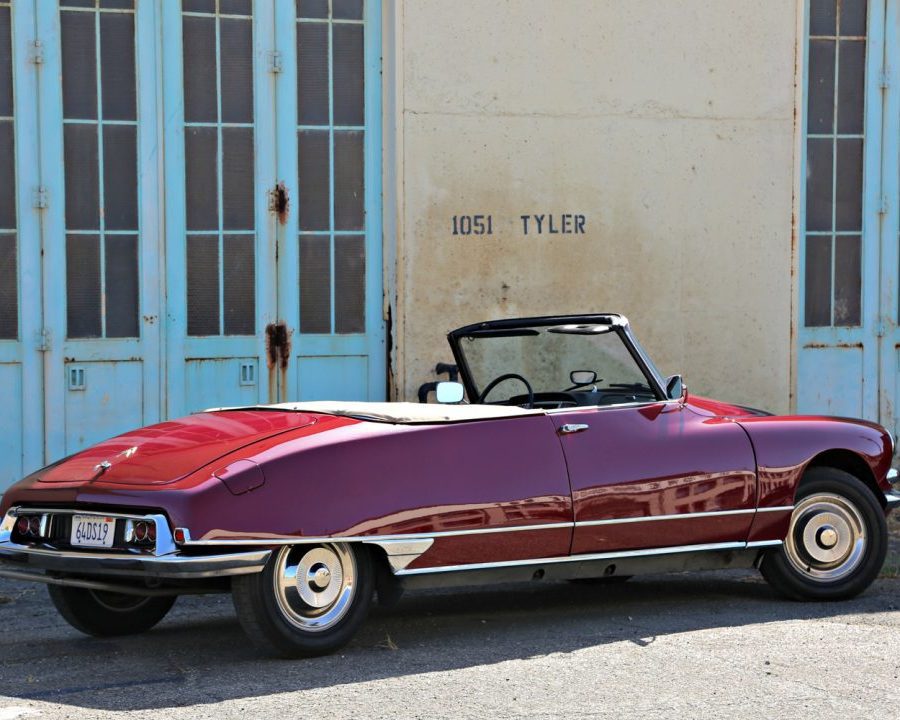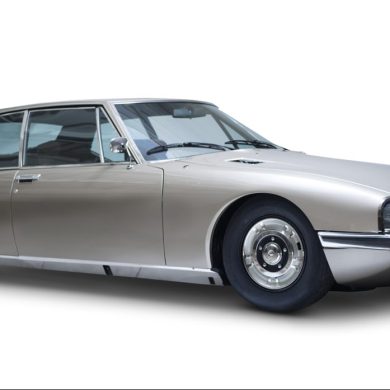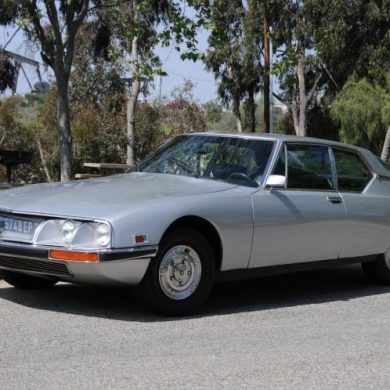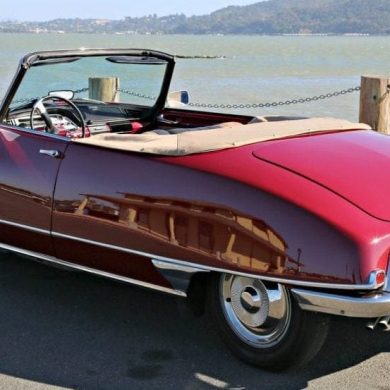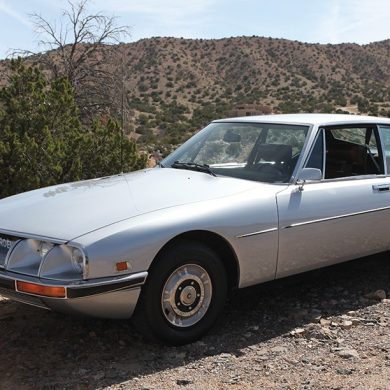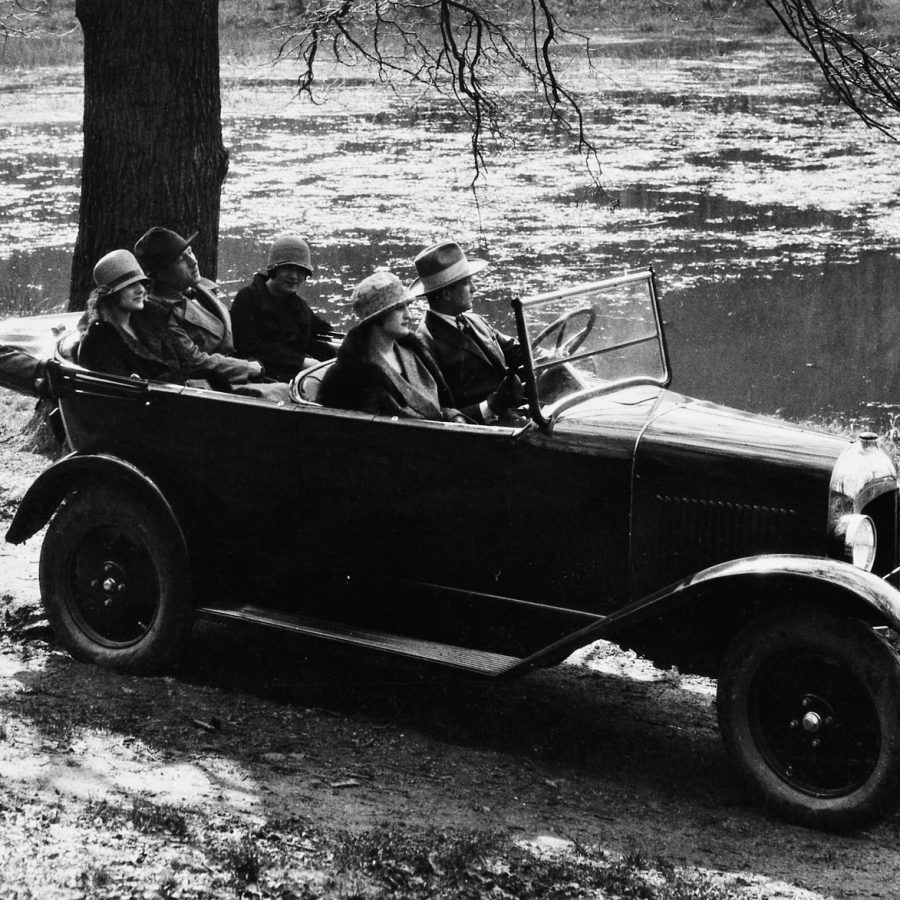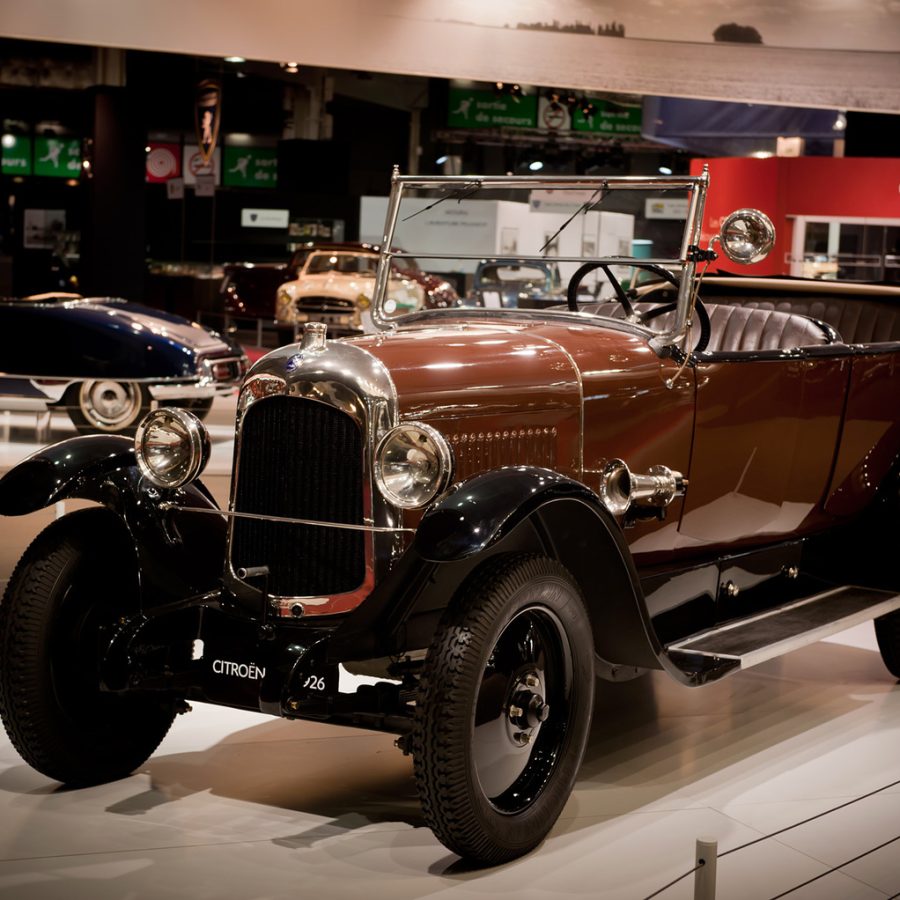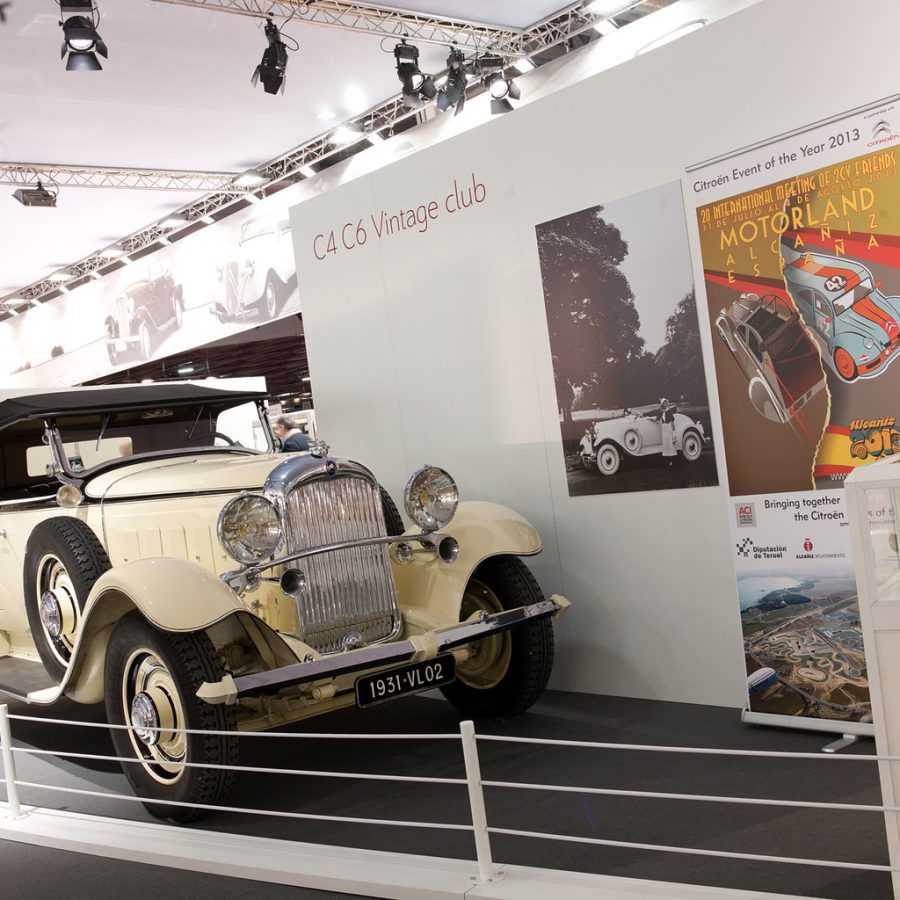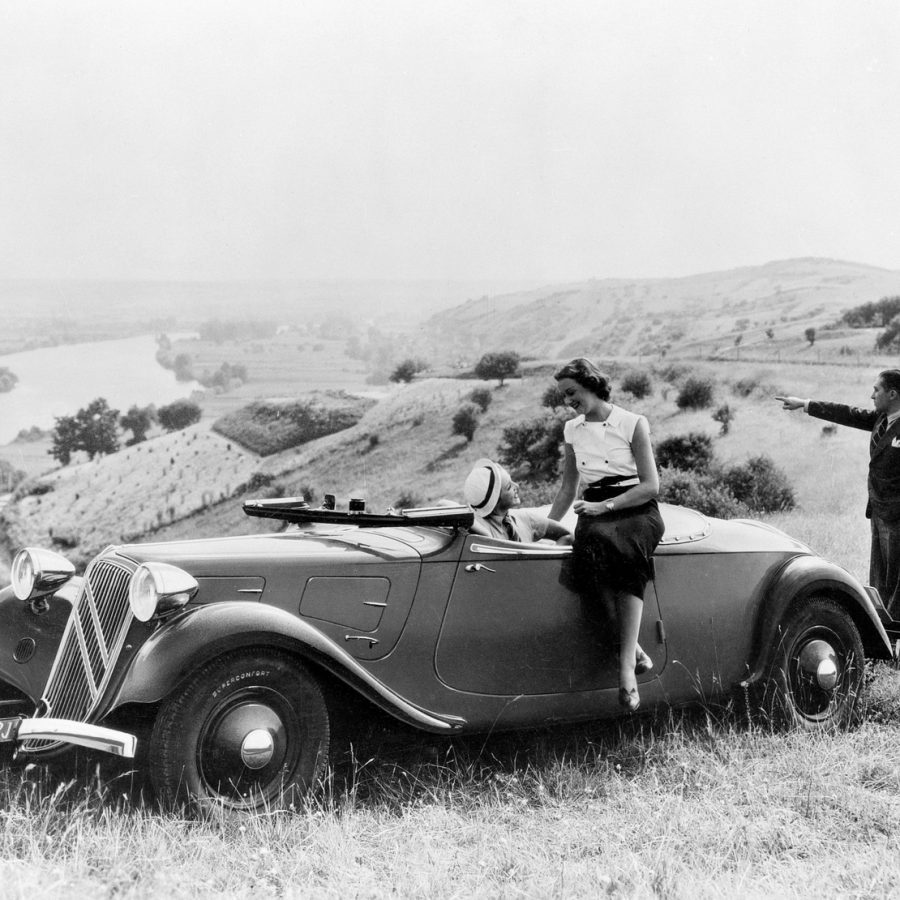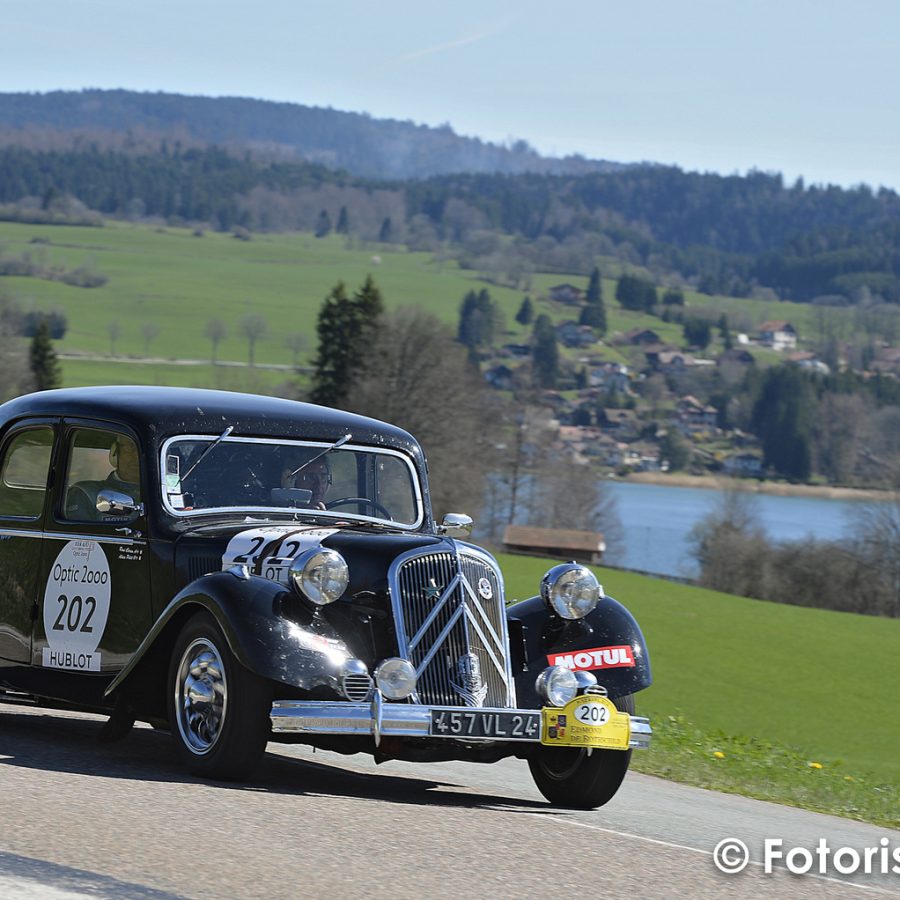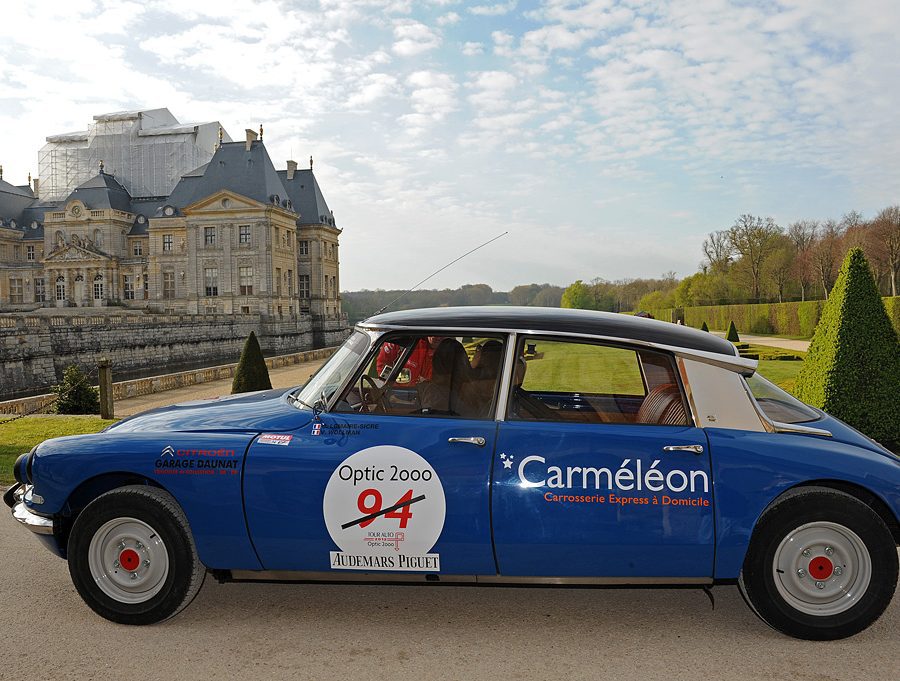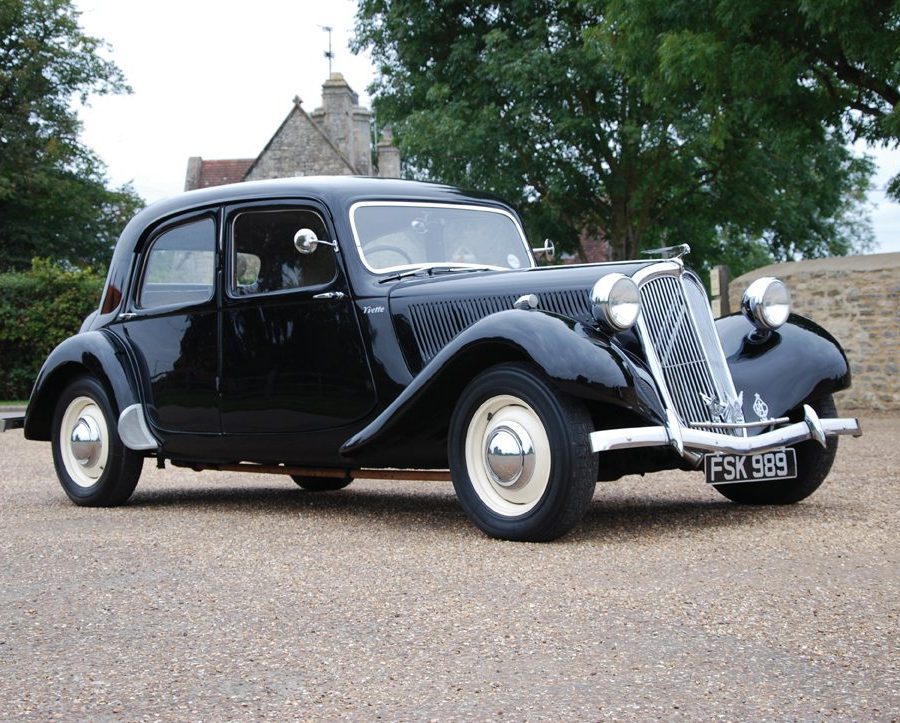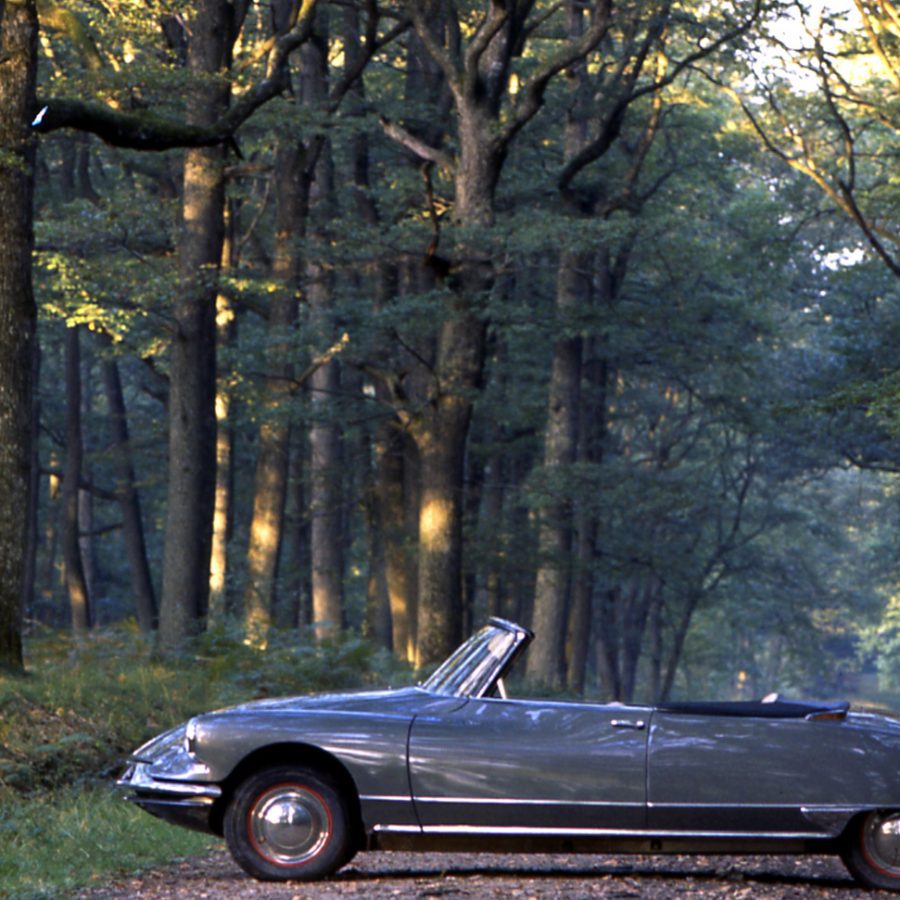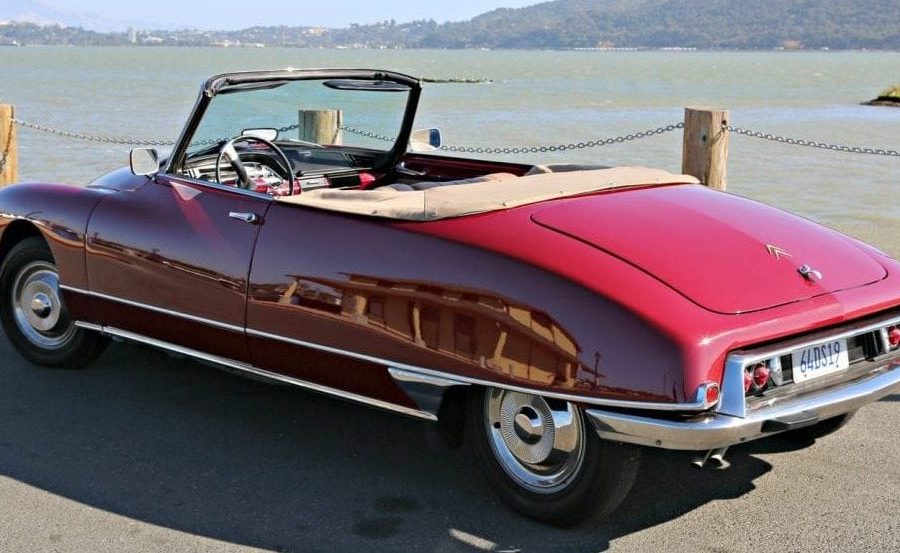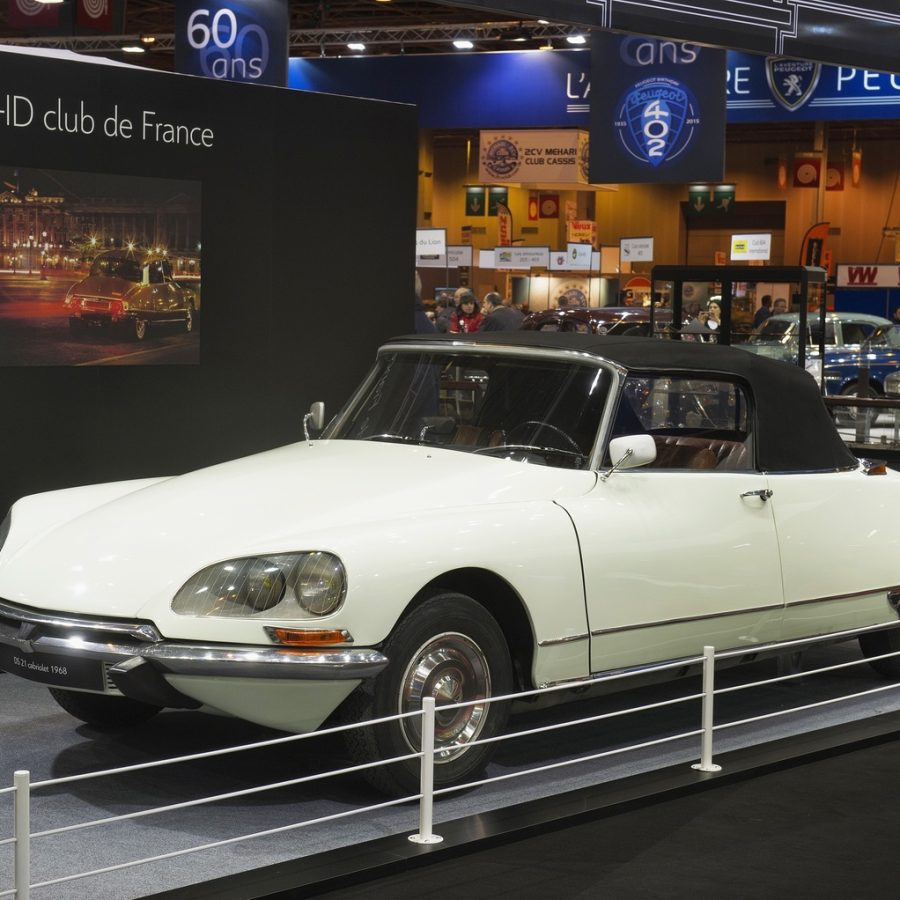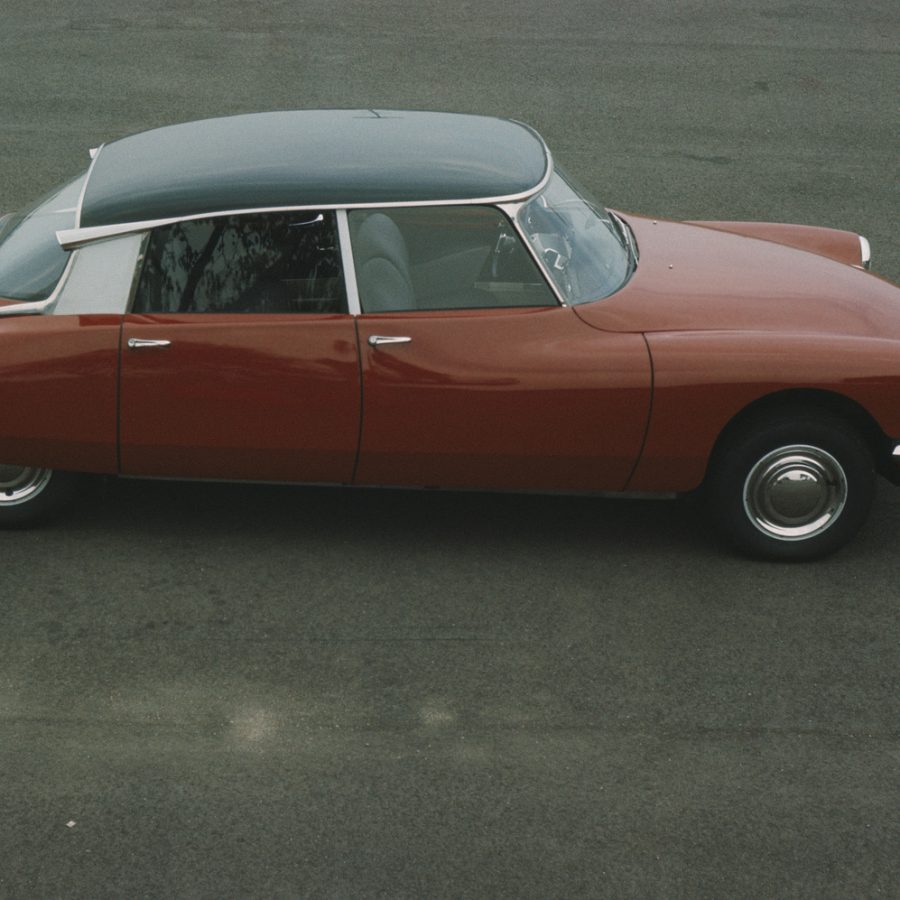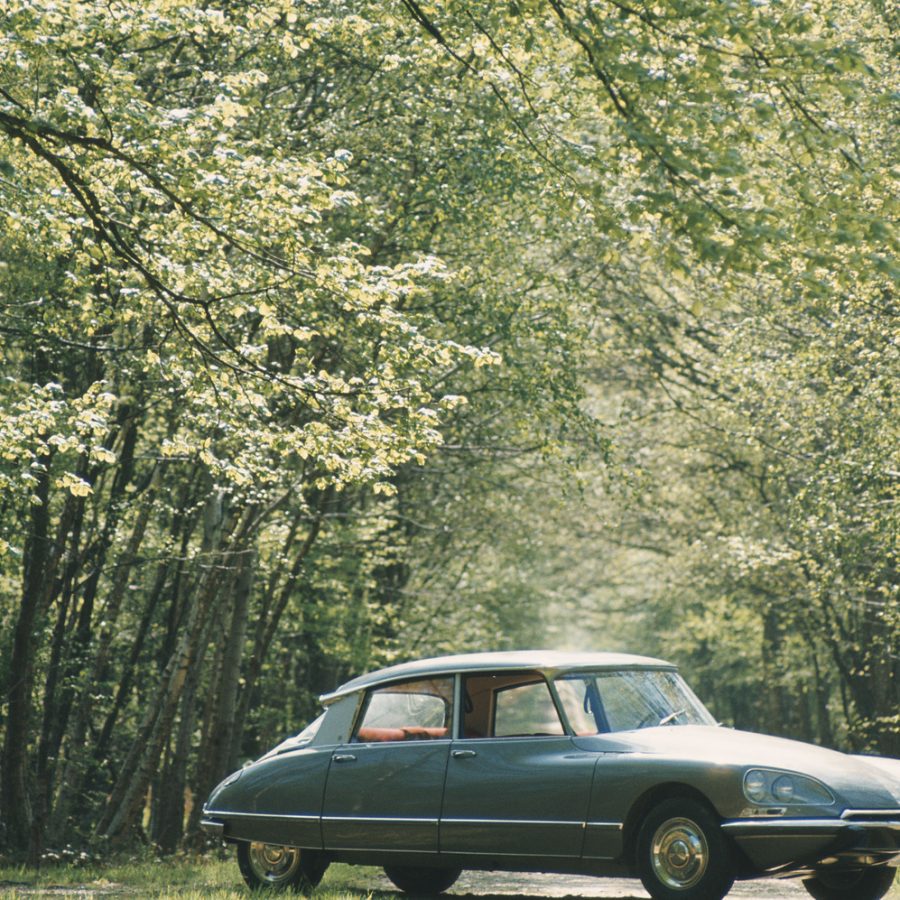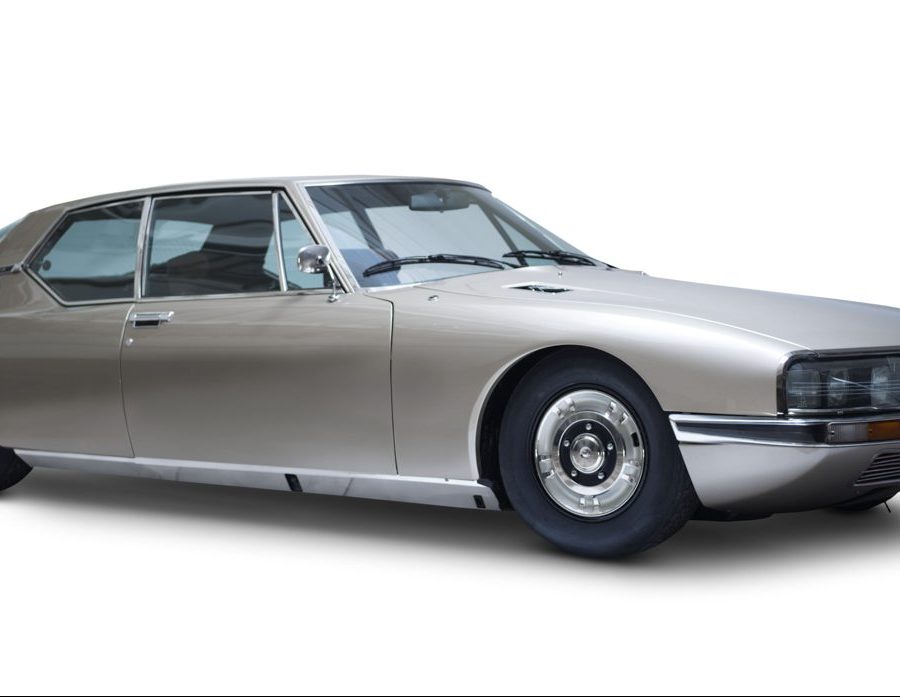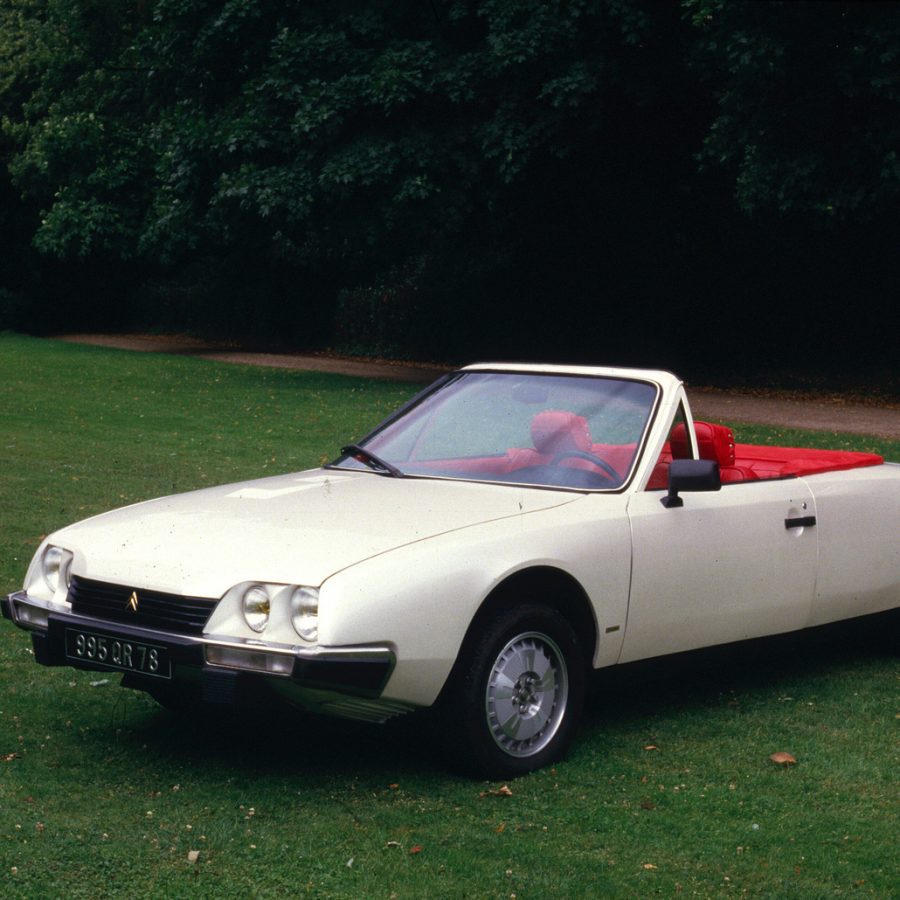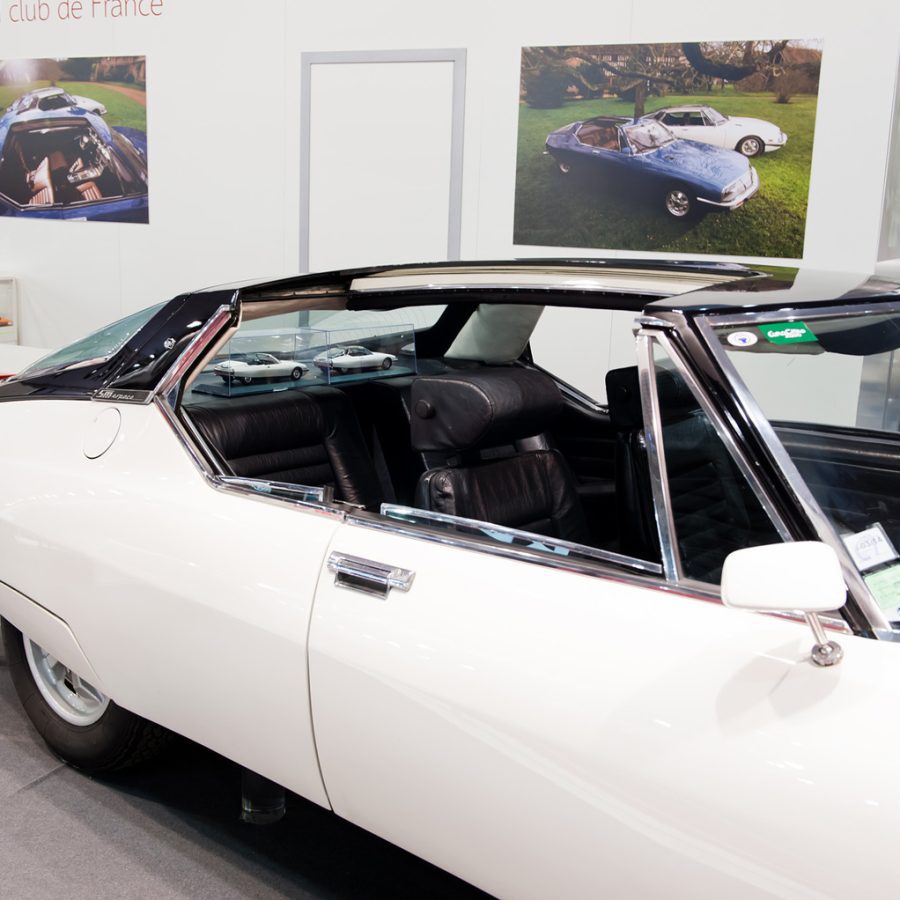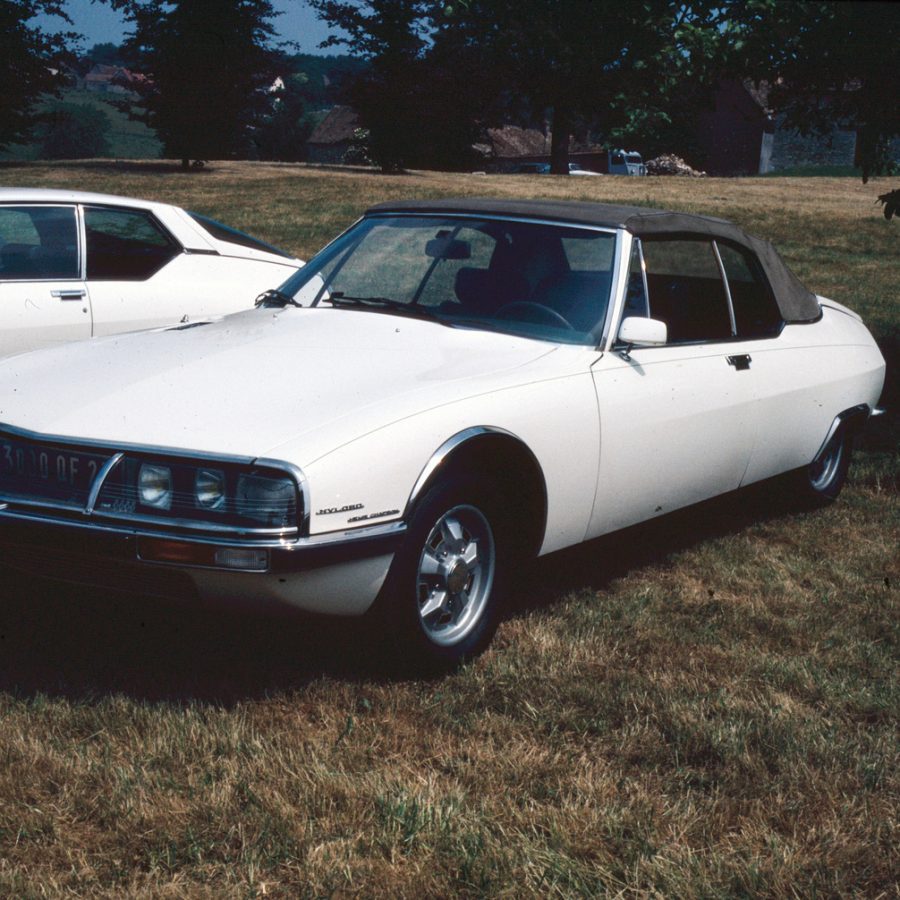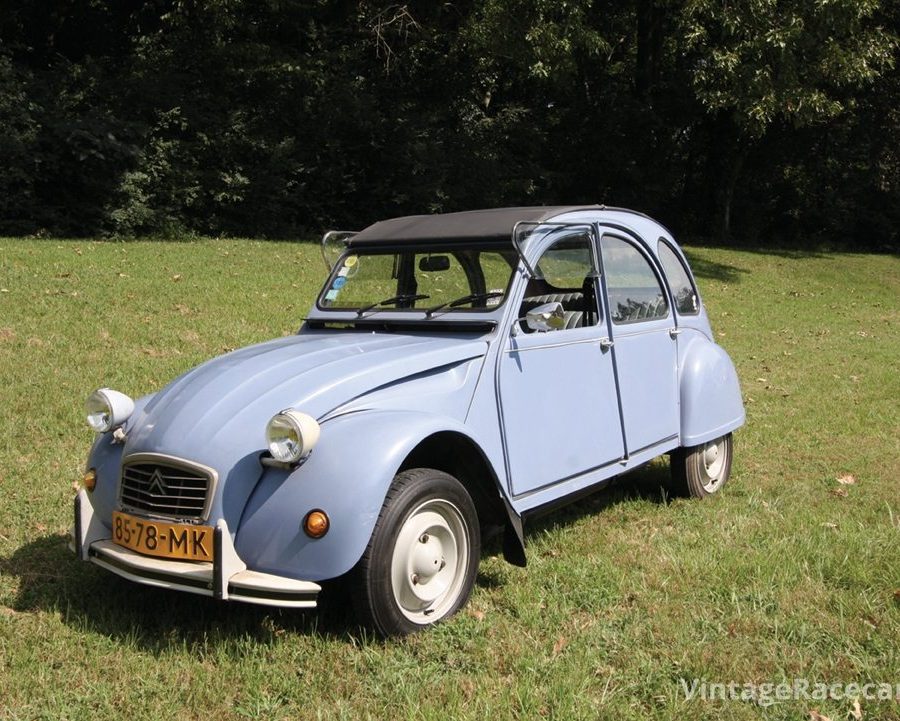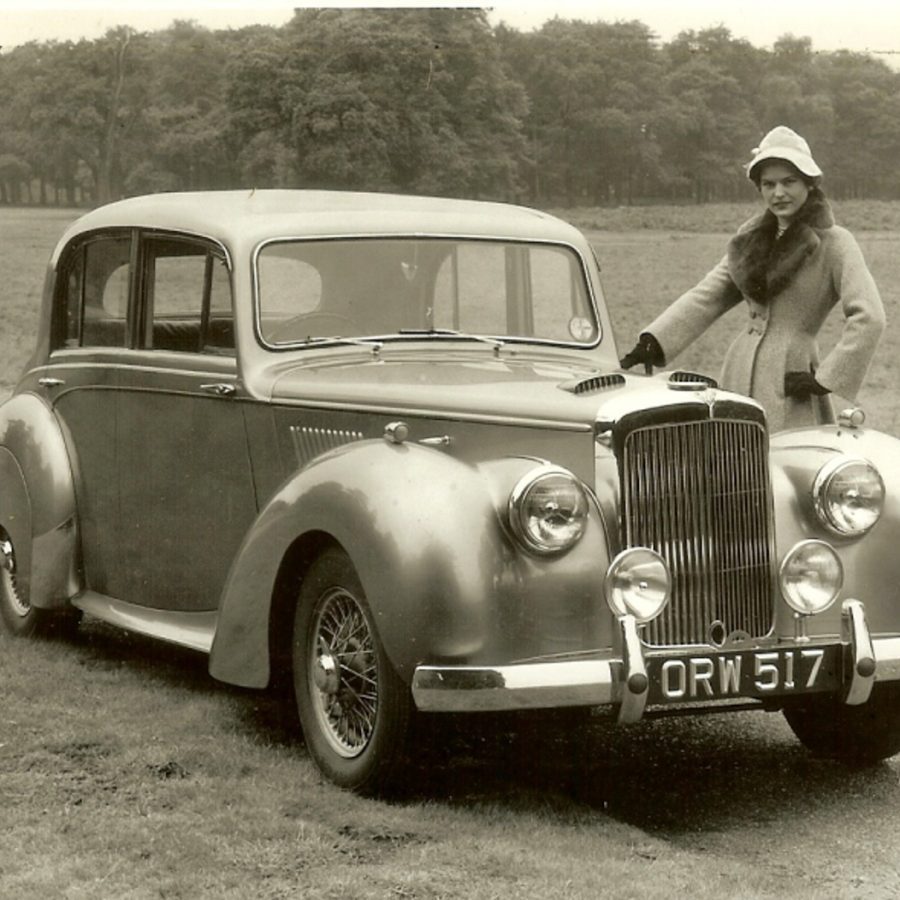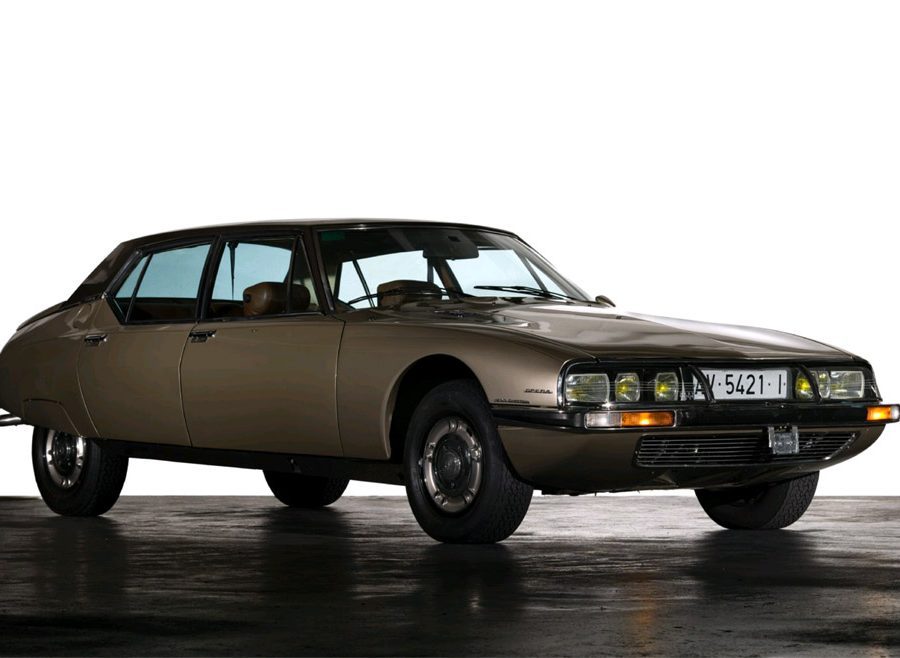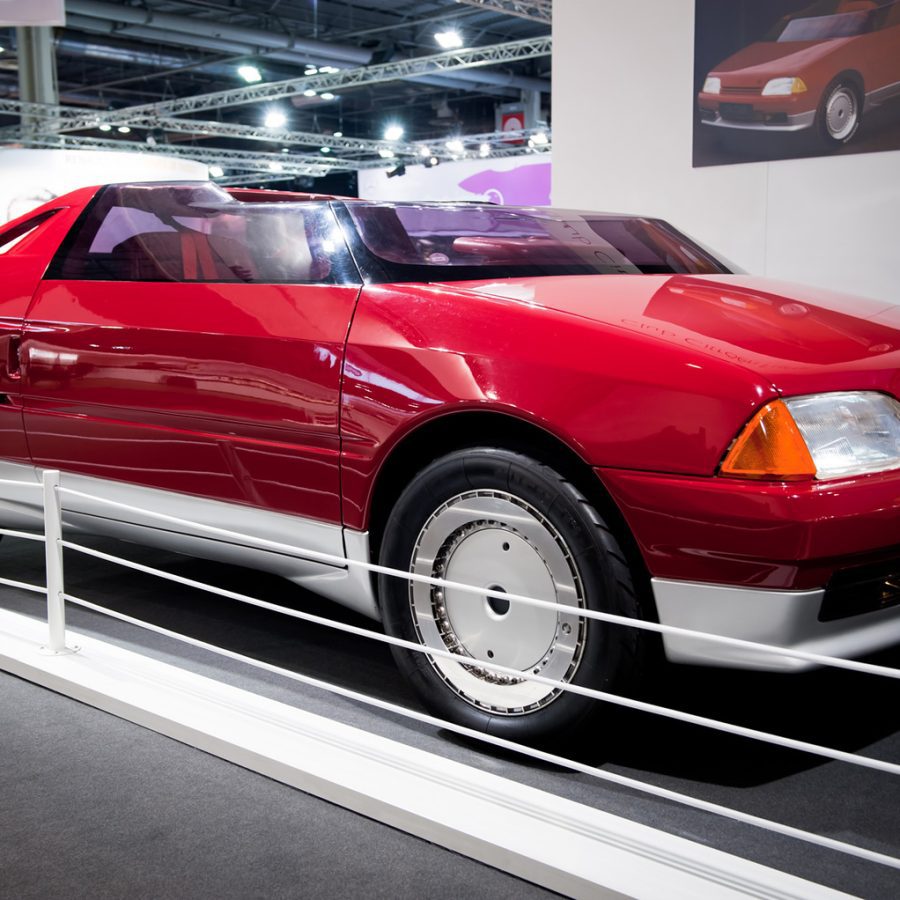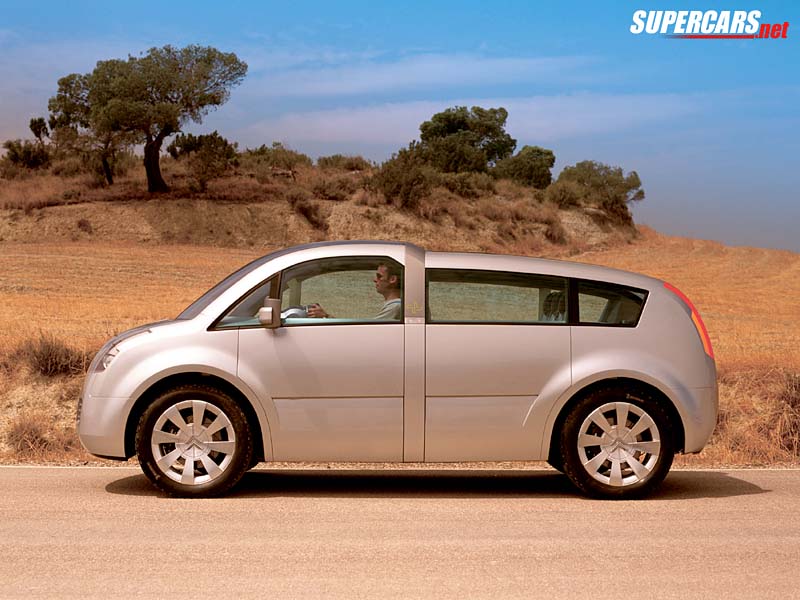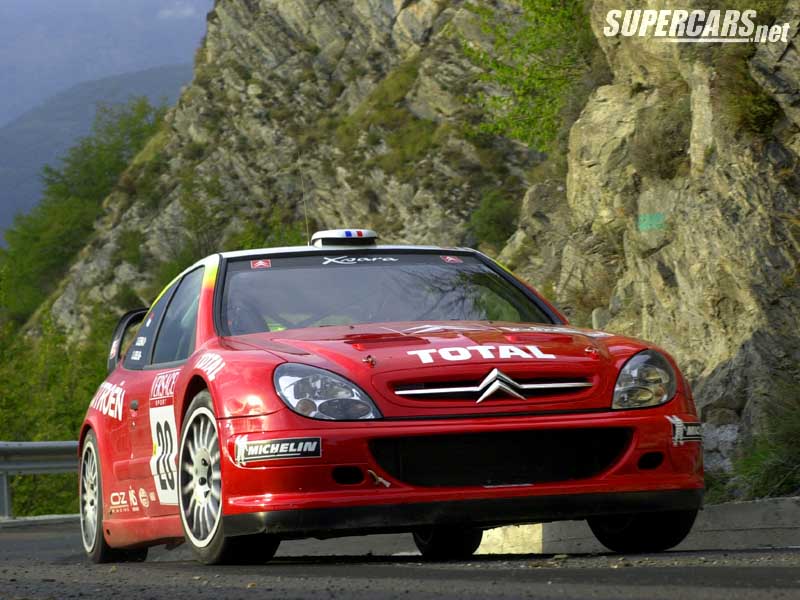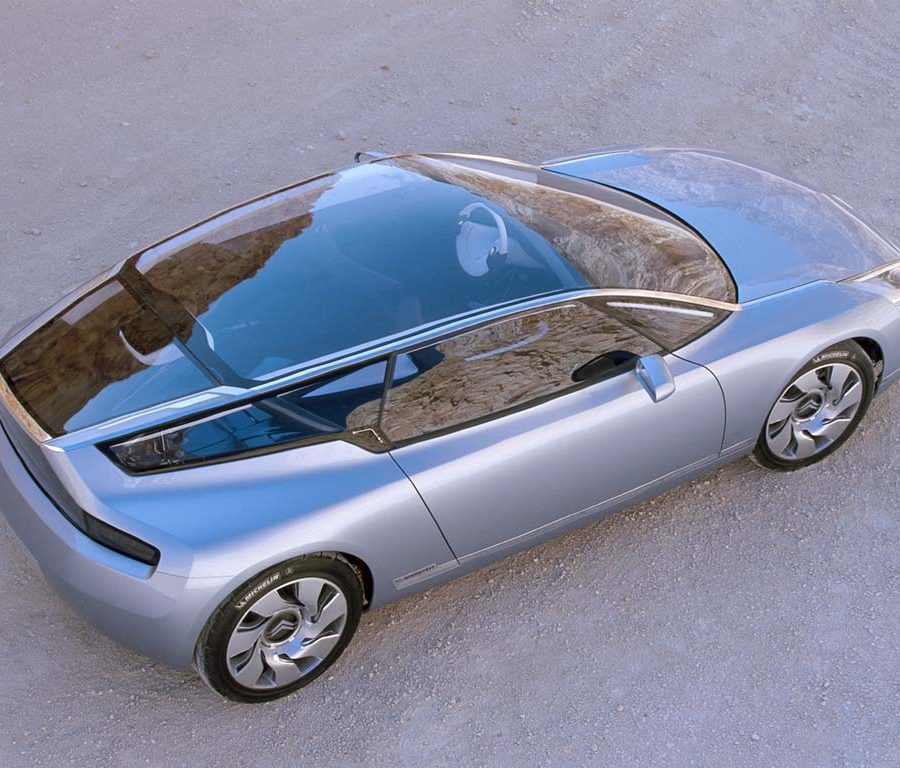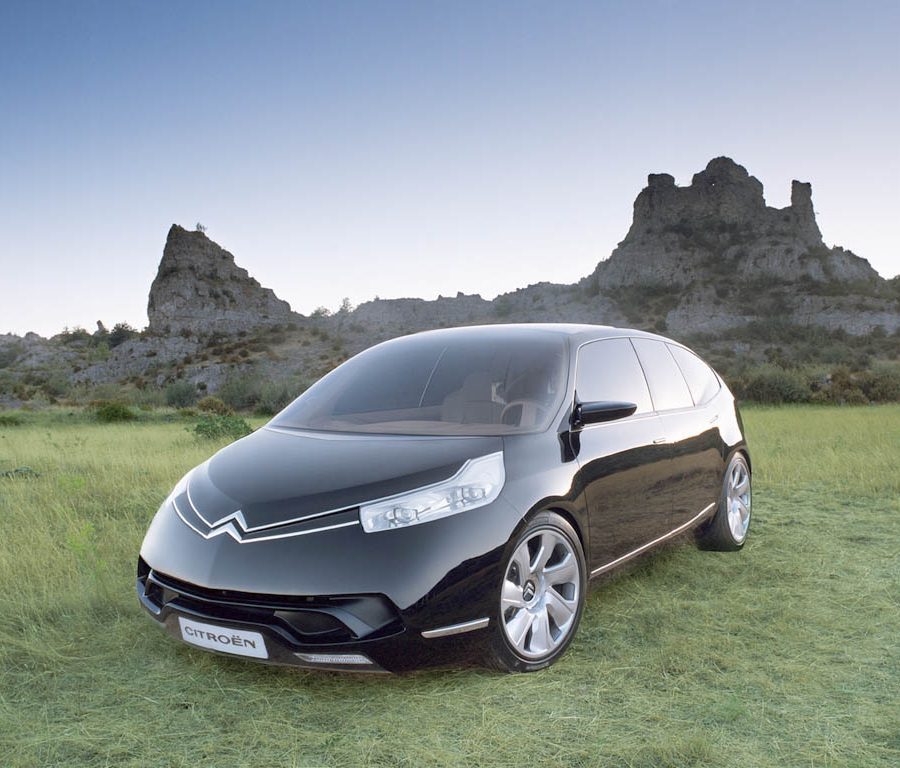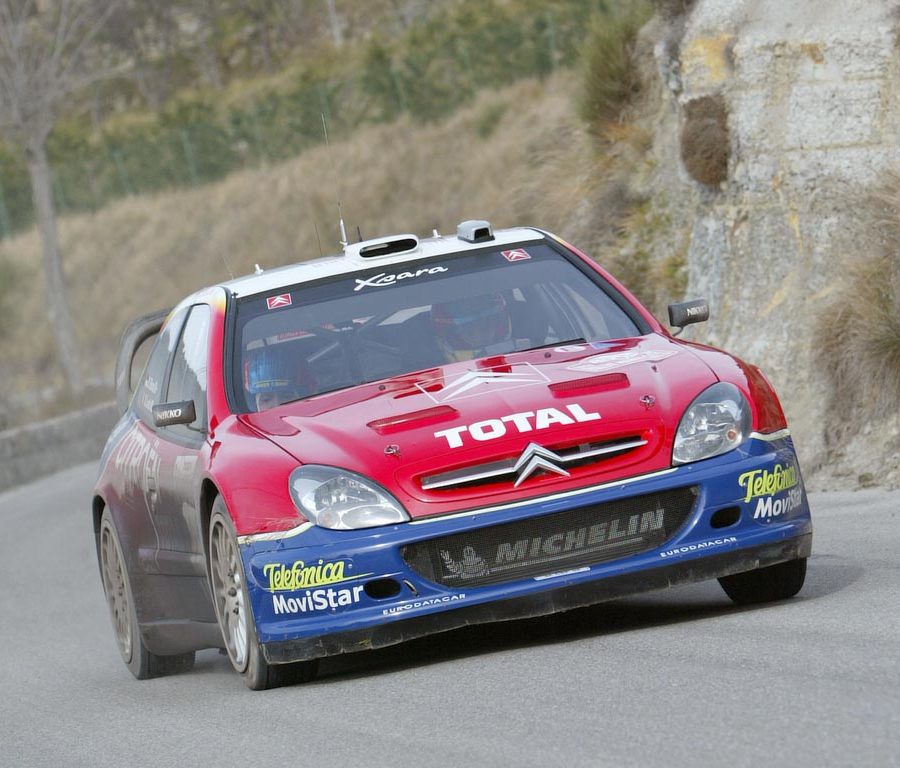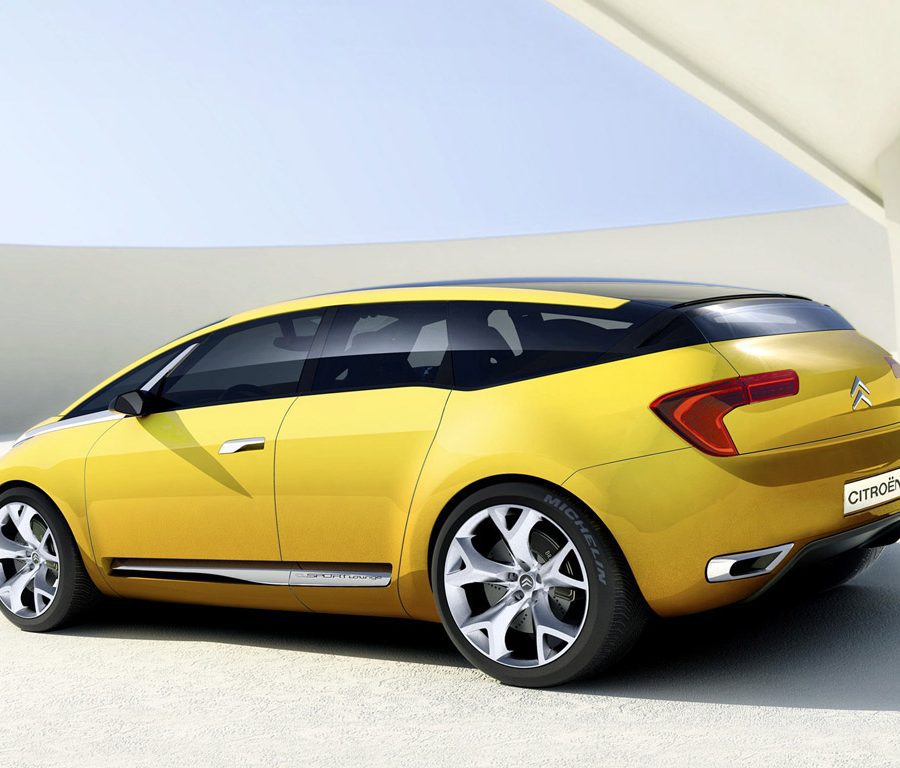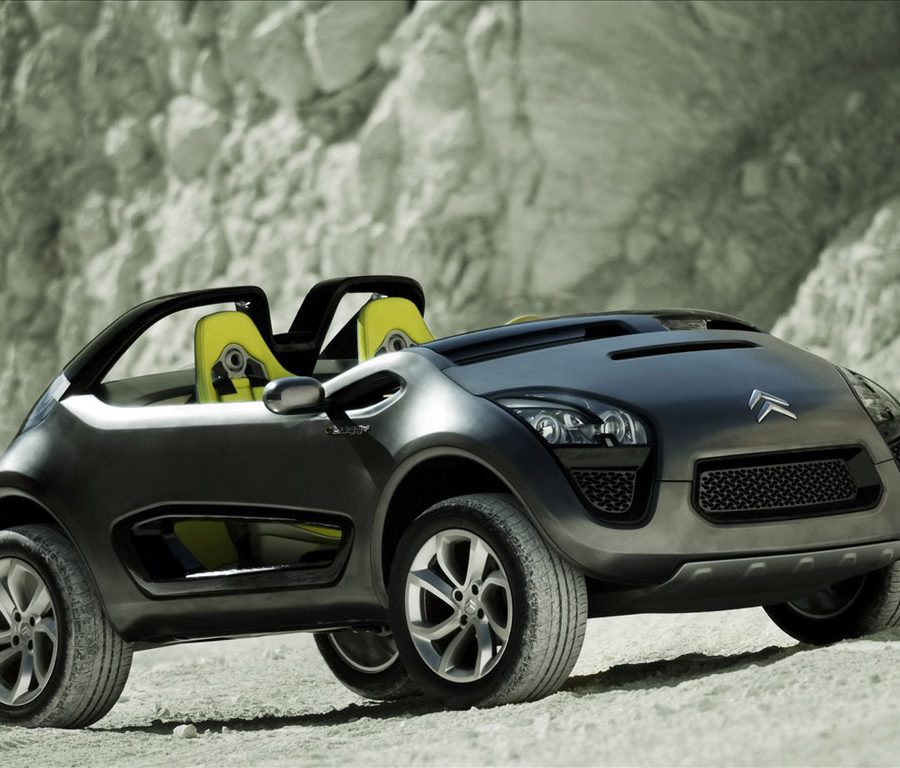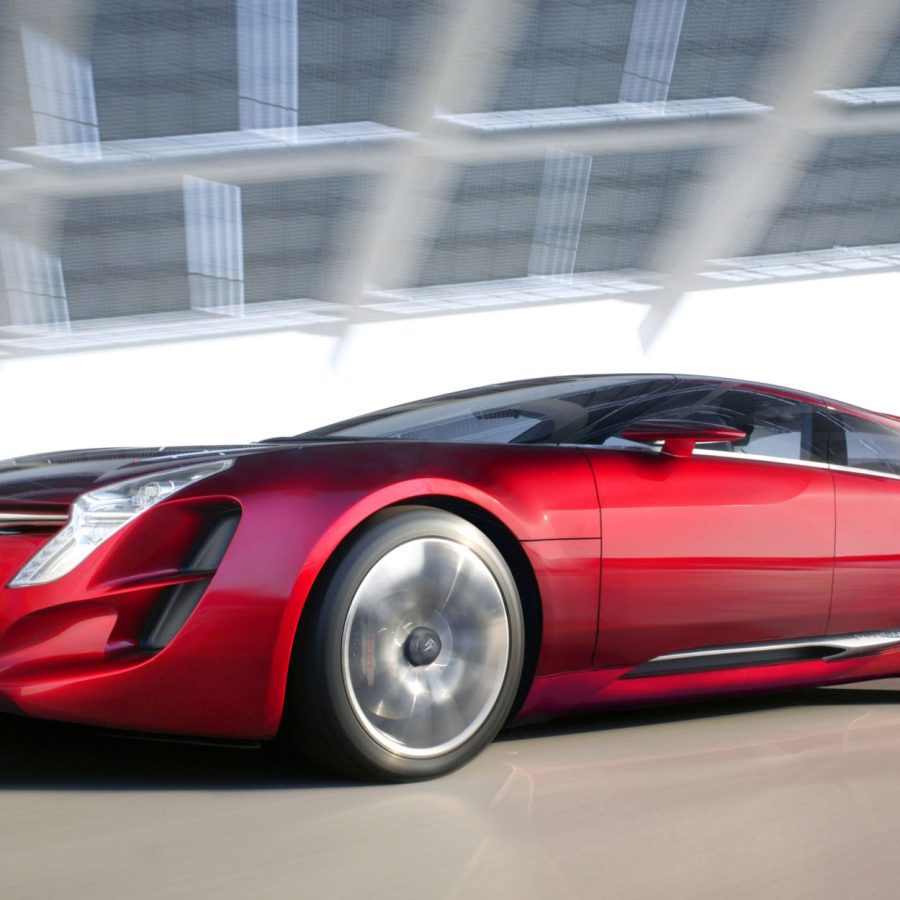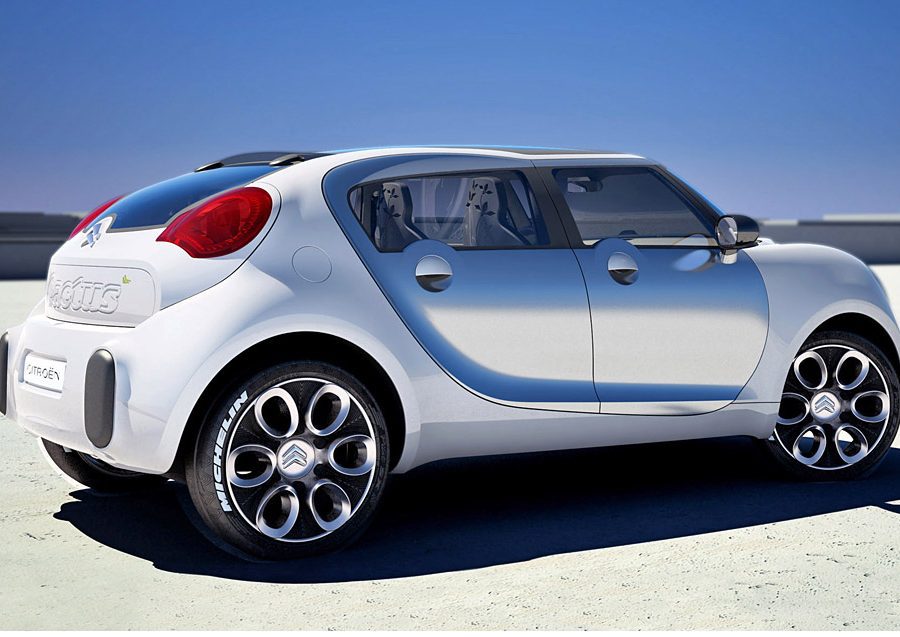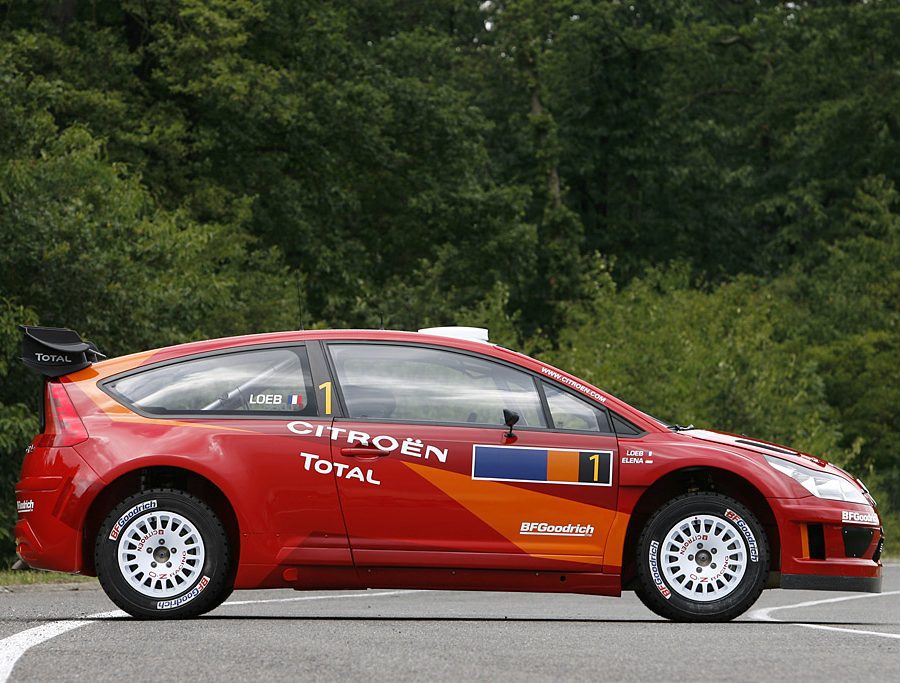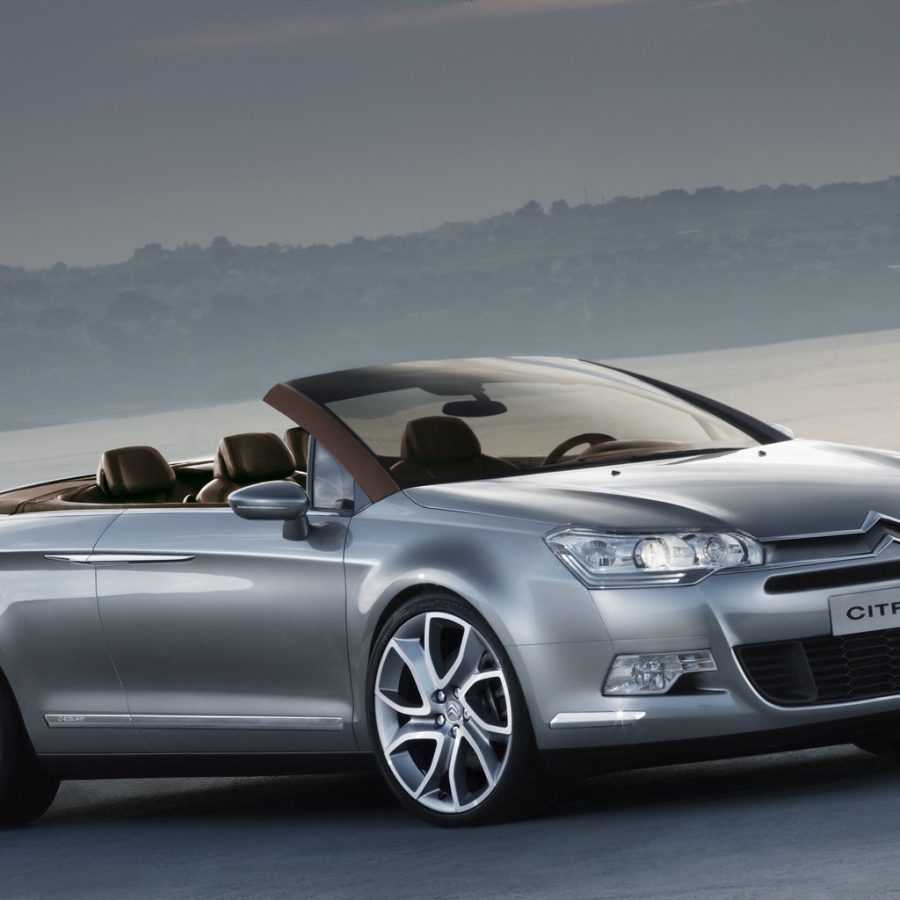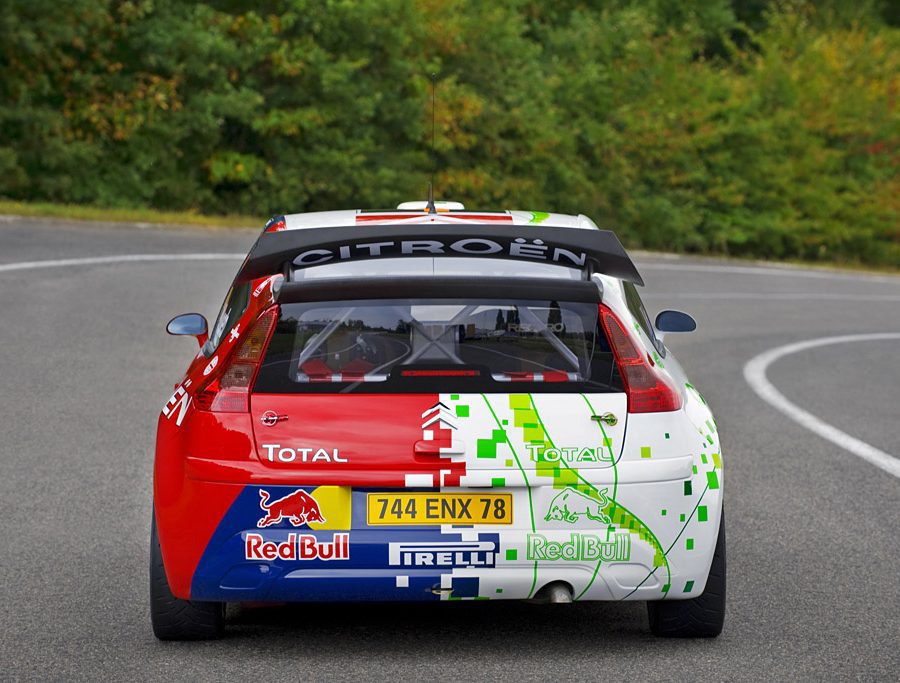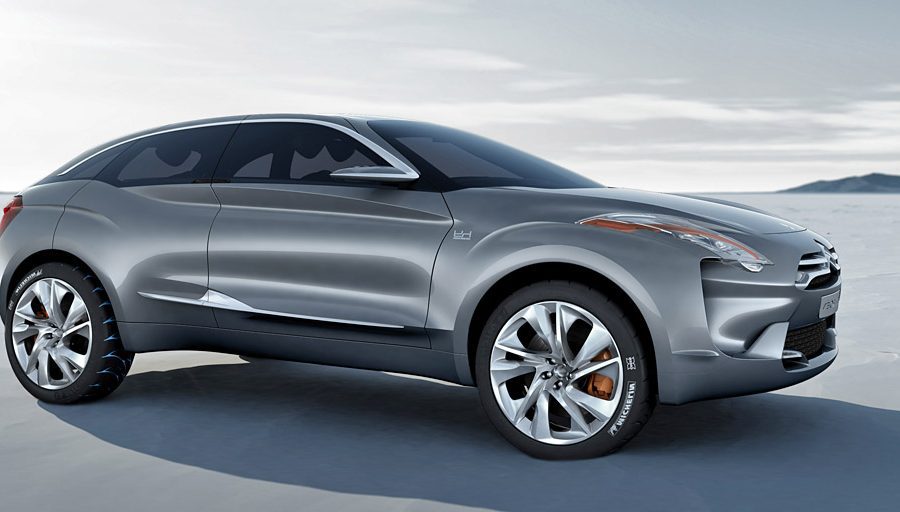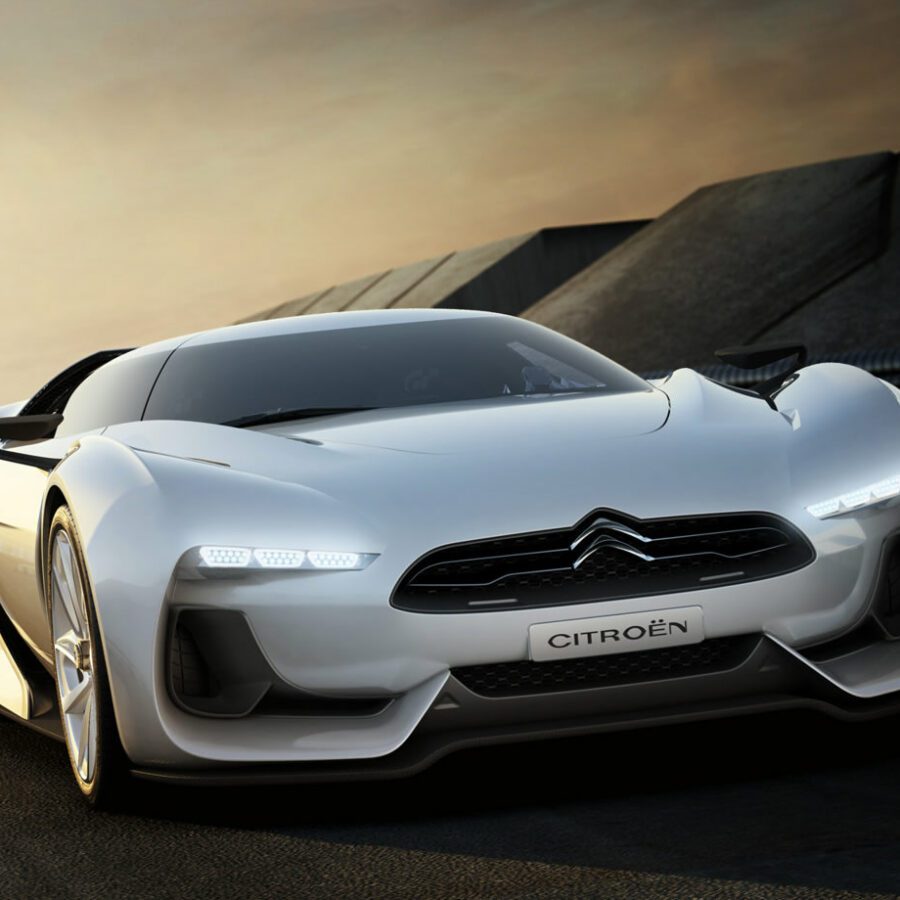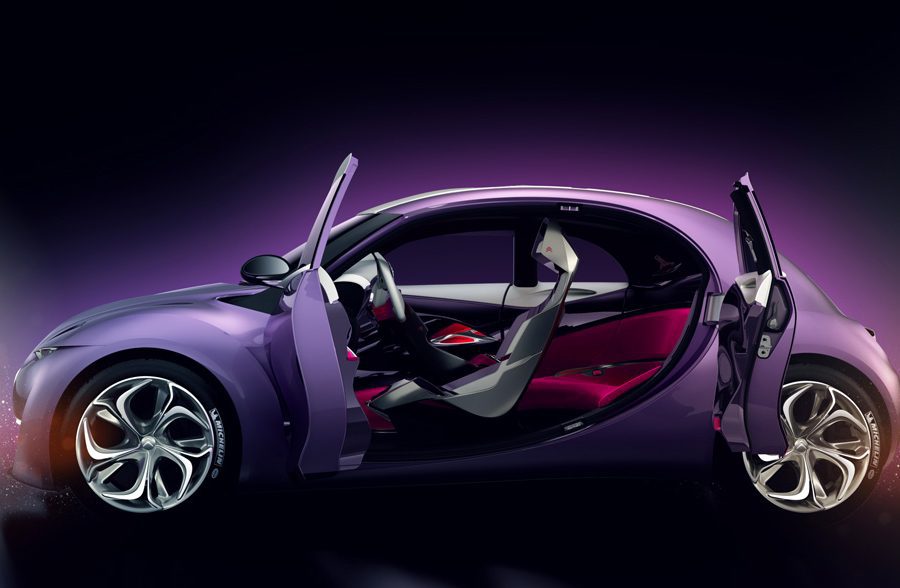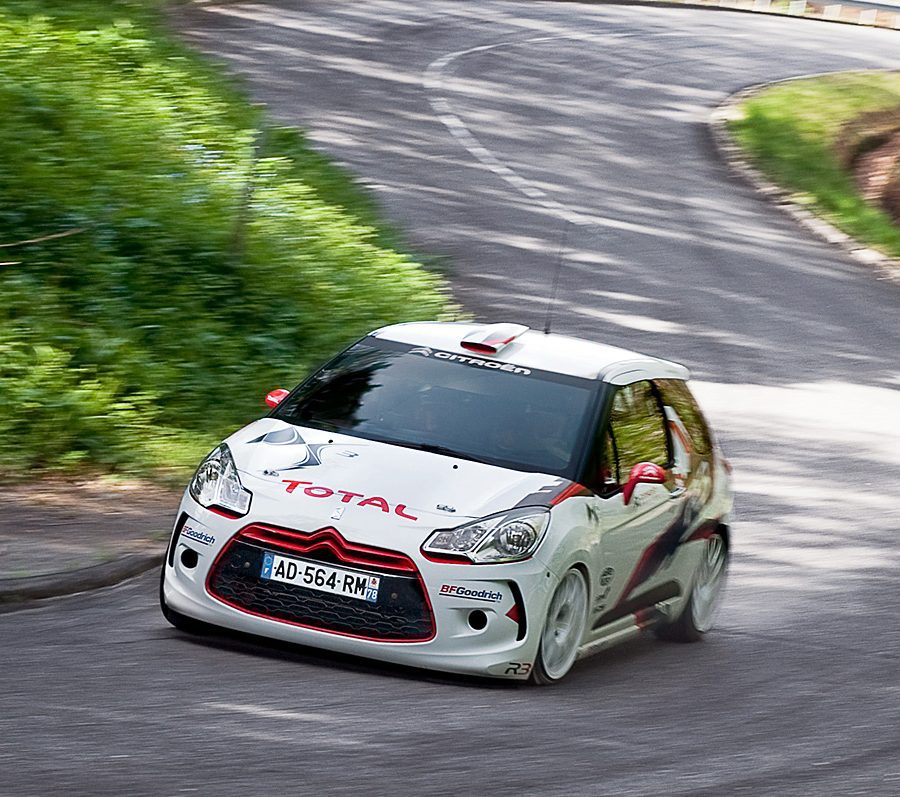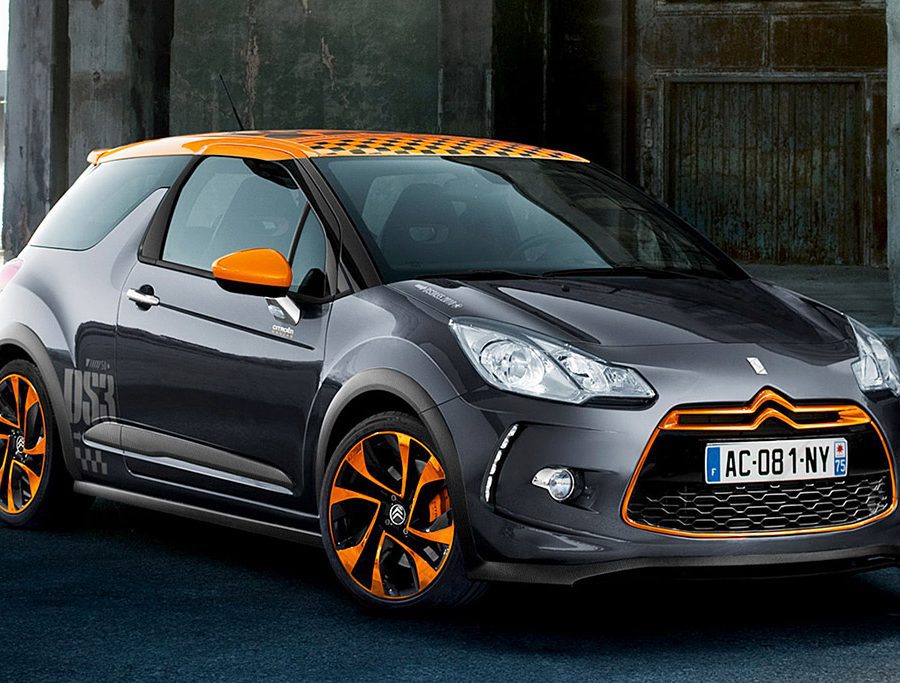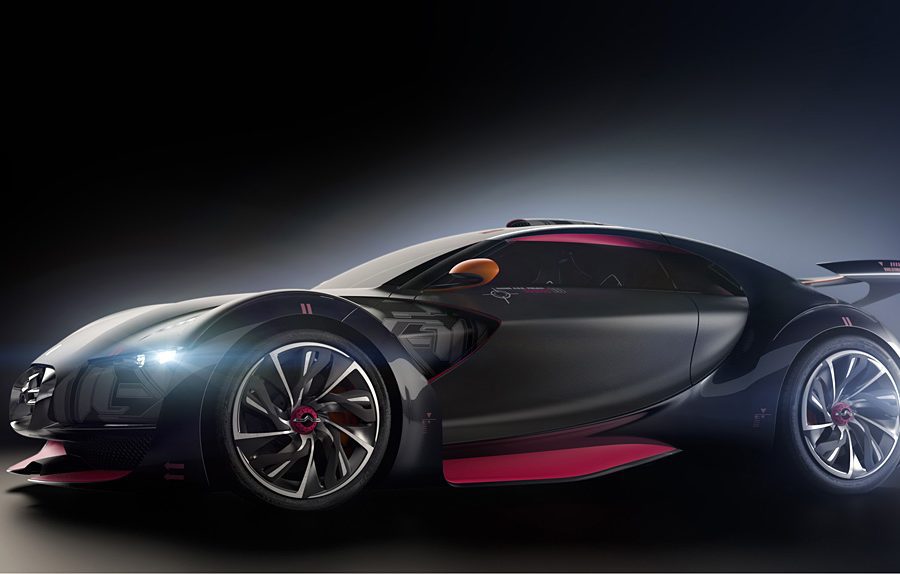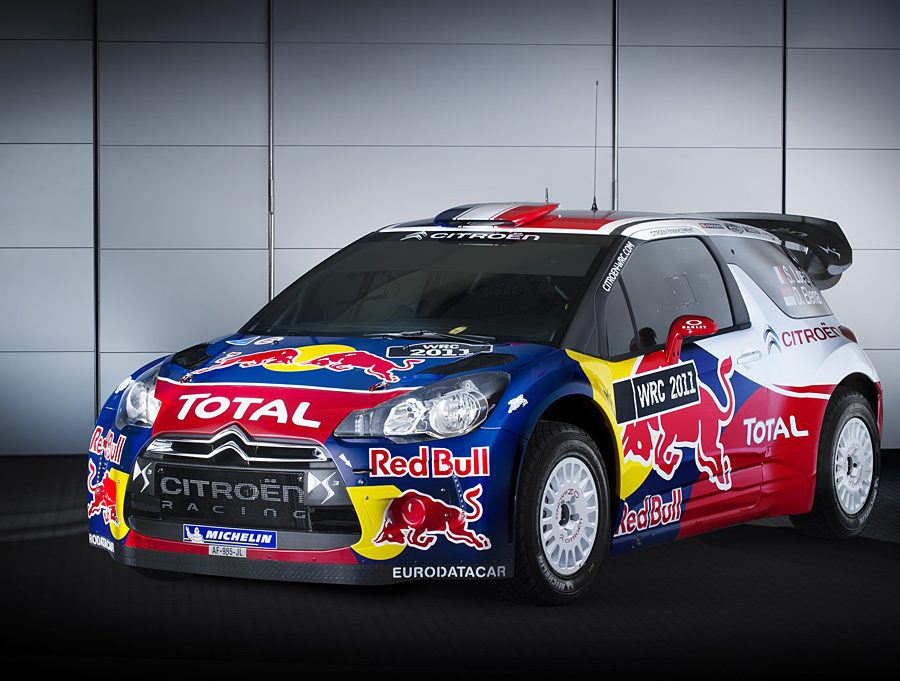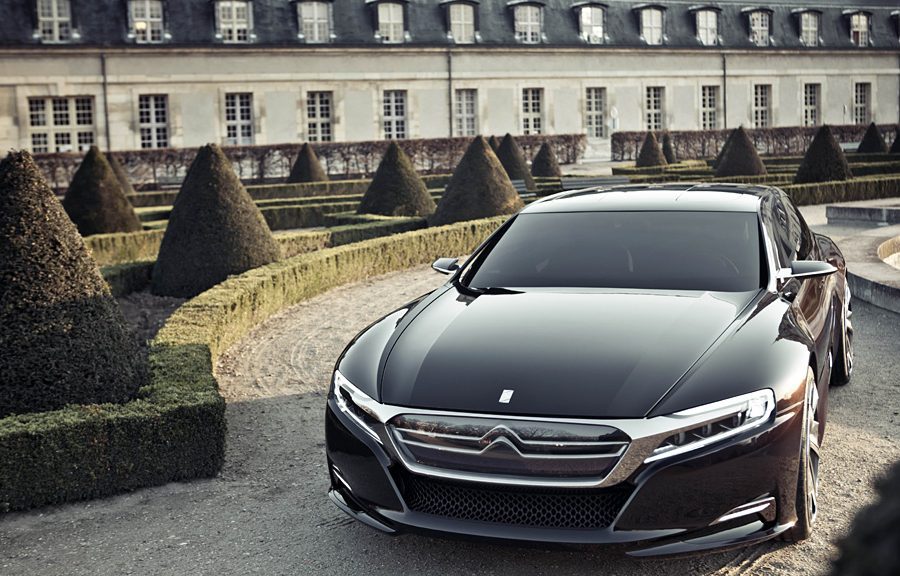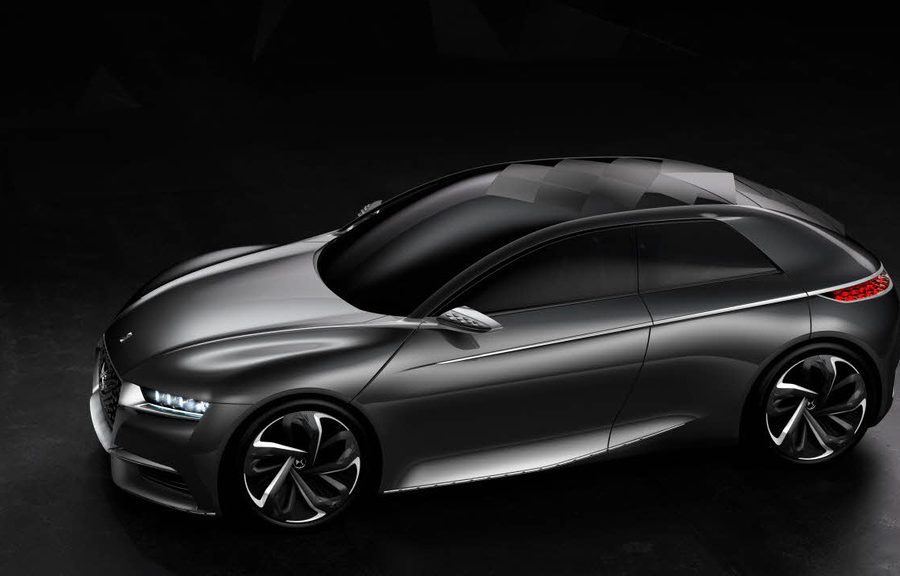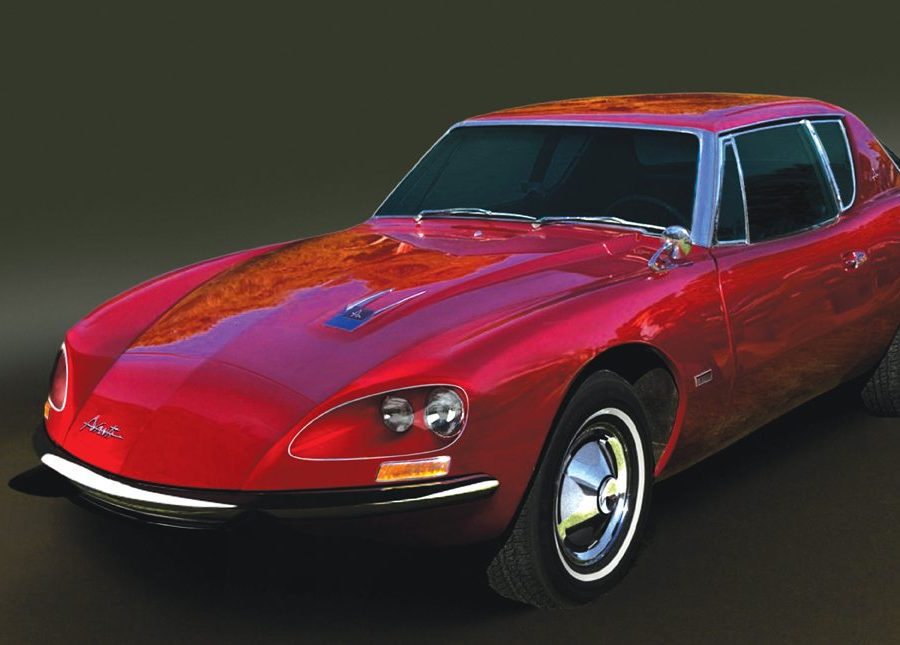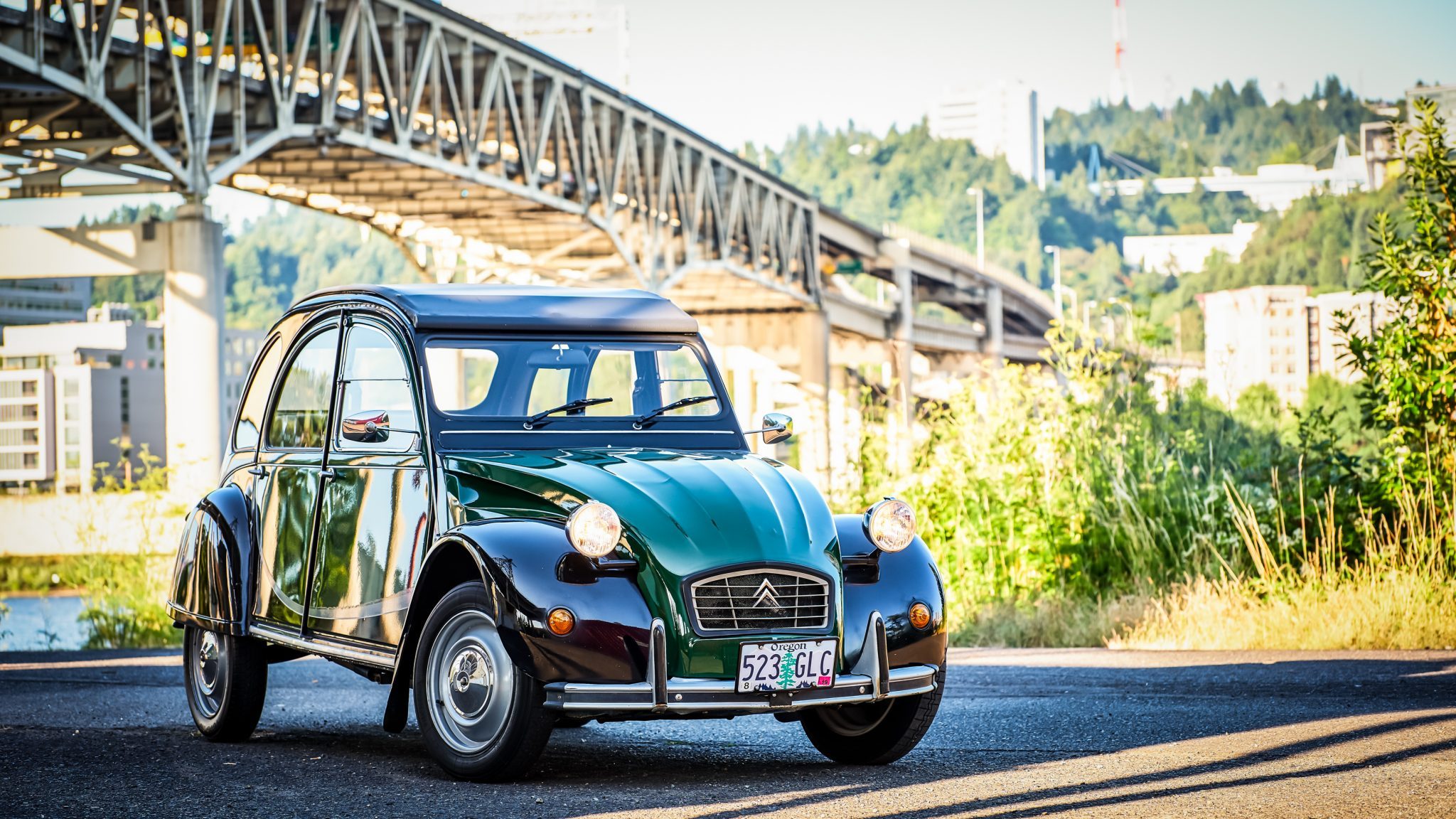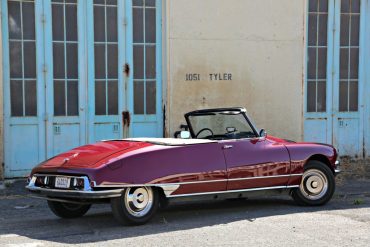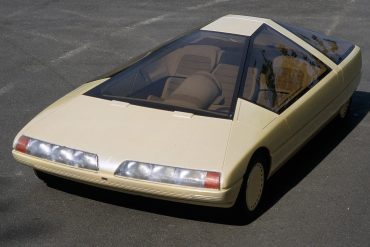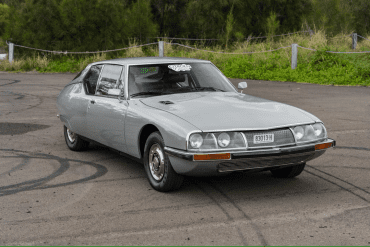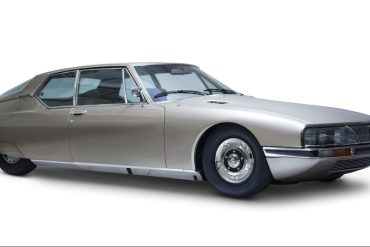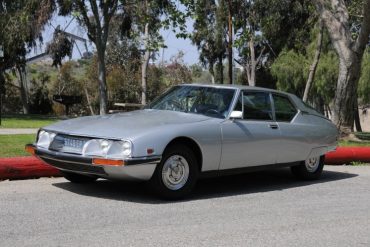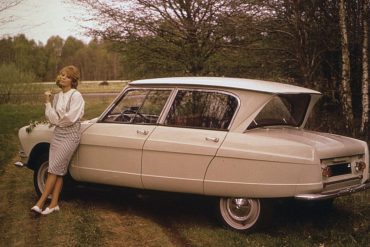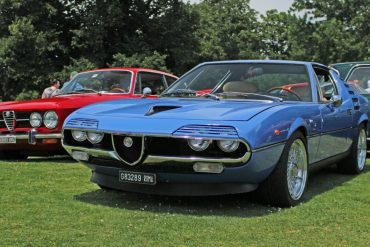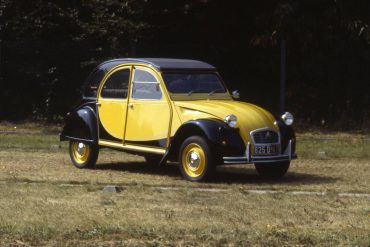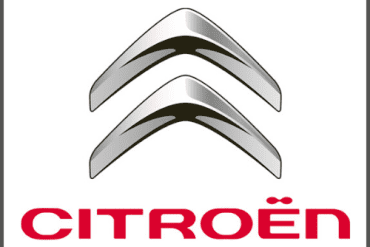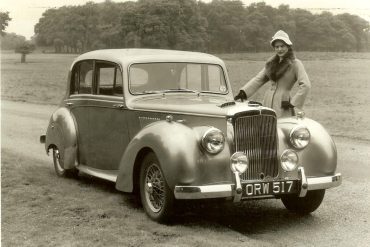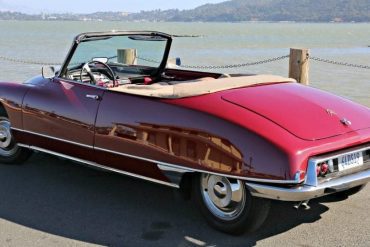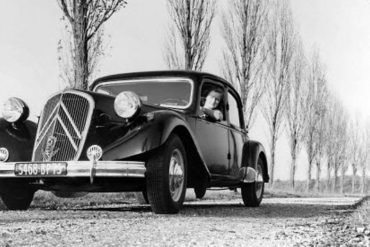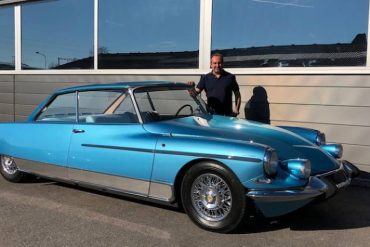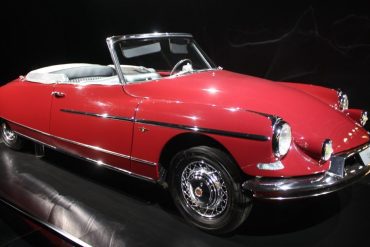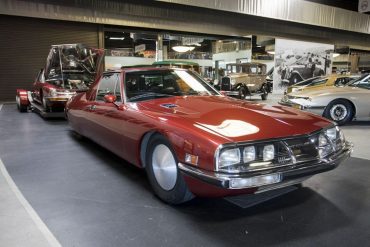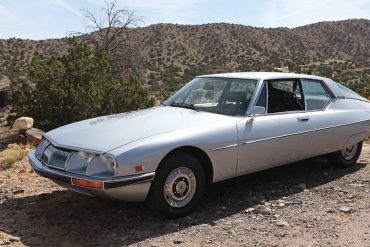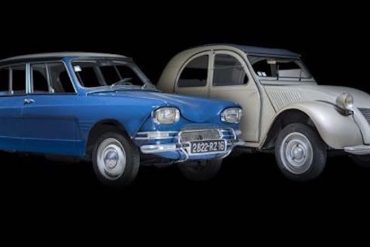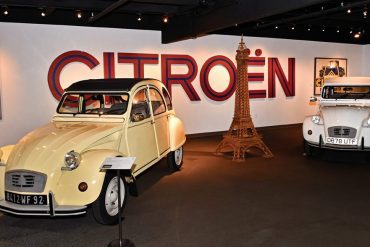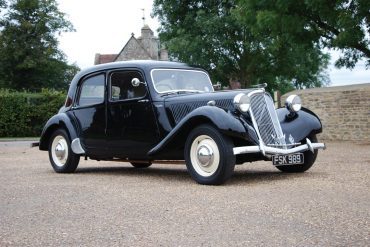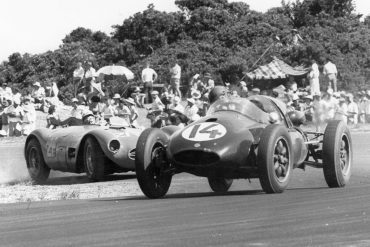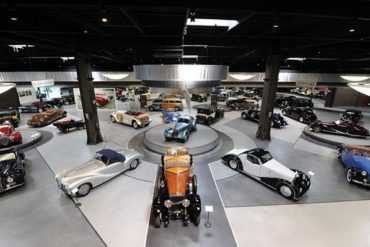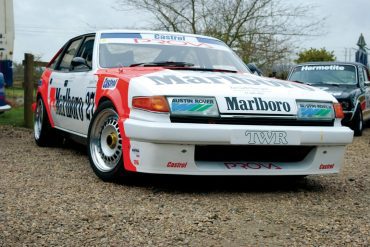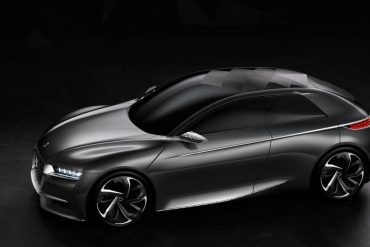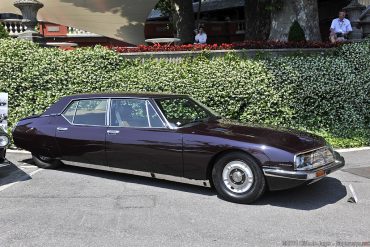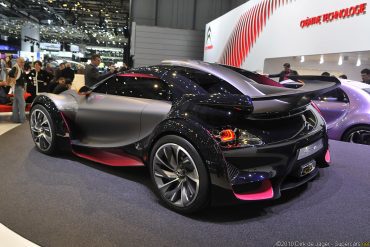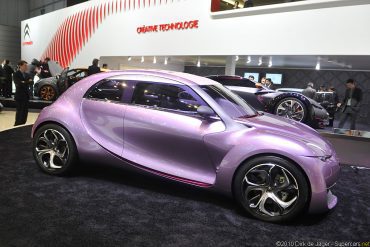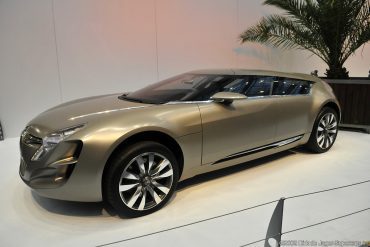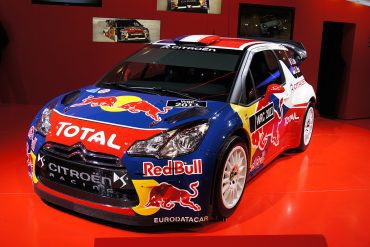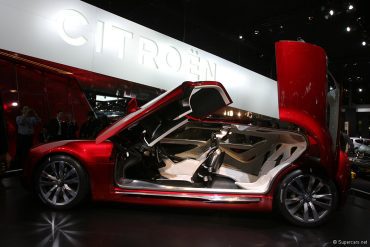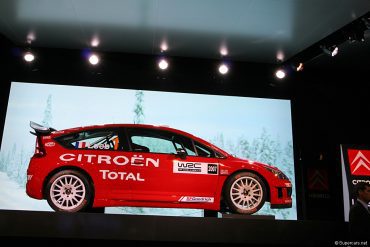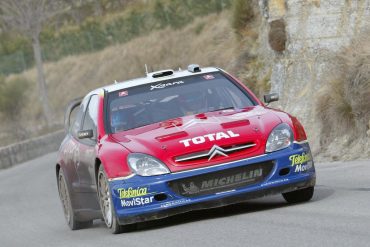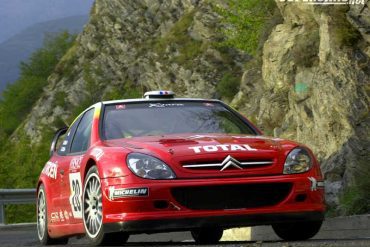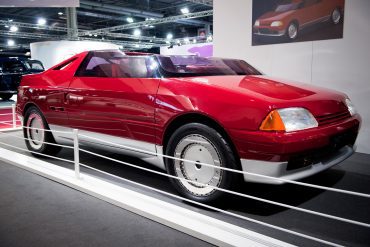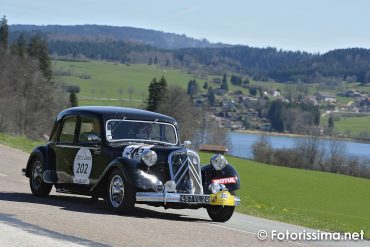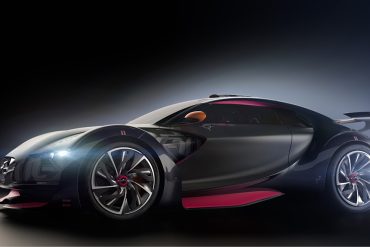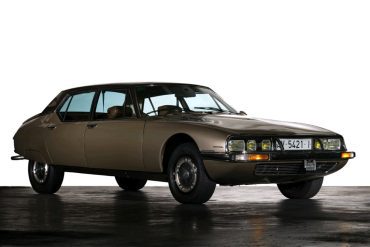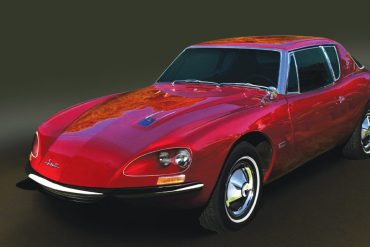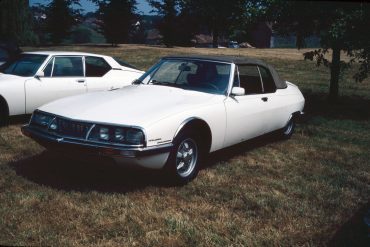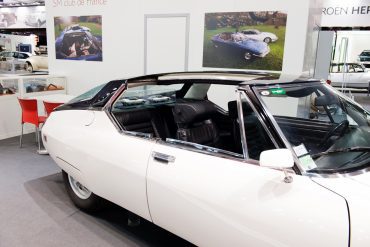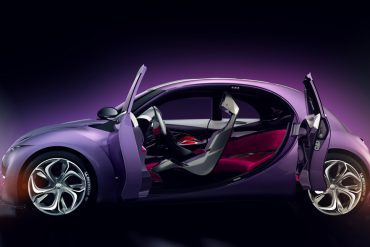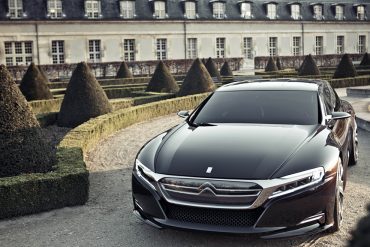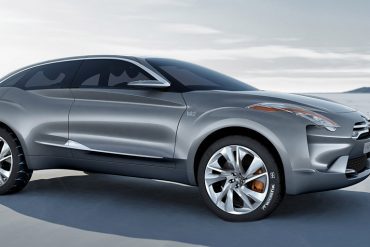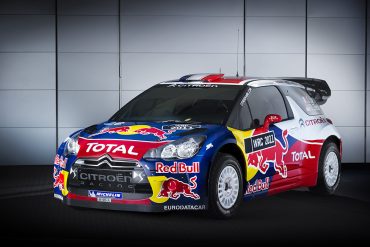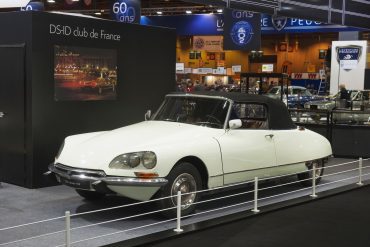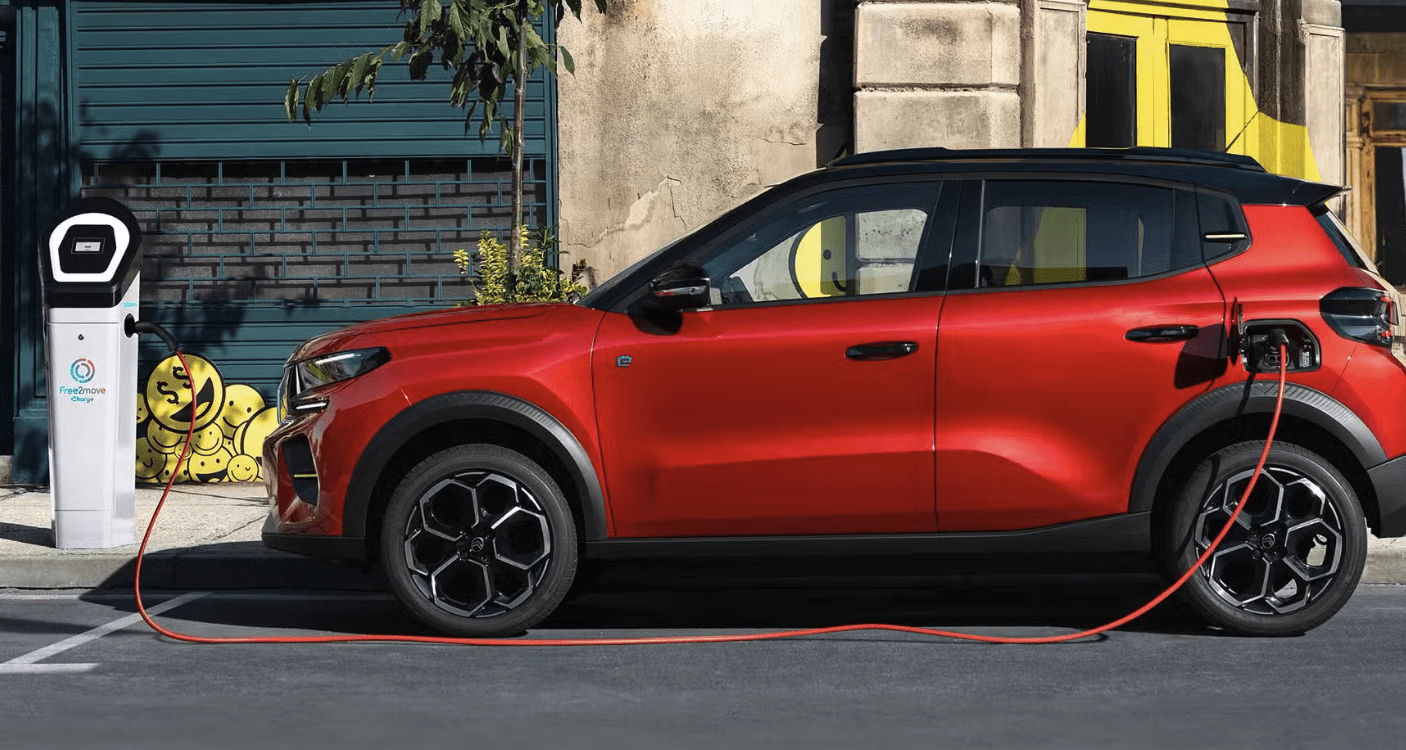
Citroën
Research, History, Reviews, Media & More
Introduction / Featured Stories / Model Guides / News & Updates / Performance Data
Citroën: The French Pioneer of Automotive Innovation and Style
Citroën, one of the most iconic car manufacturers in the world, has been at the forefront of automotive innovation since its founding in 1919. Known for its advanced engineering, cutting-edge design, and revolutionary features, Citroën has produced some of the most beloved and technically advanced cars in automotive history. This post explores the founding of Citroën, its evolution, the key models that have defined the brand, and the milestones that shaped its legacy.
The Founding: André Citroën’s Visionary Approach
Citroën was founded in 1919 by André Citroën, a French industrialist and engineer with a passion for mass production and innovation. Before venturing into the automotive industry, André Citroën had already made a name for himself by developing a unique "helical gear" and using his engineering expertise during World War I to mass-produce munitions. Inspired by Henry Ford’s assembly line production methods, Citroën aimed to revolutionize the European car market by producing affordable, reliable vehicles using the latest manufacturing techniques.
Citroën’s first car, the Type A, was launched in 1919 and became Europe’s first mass-produced car. The Type A was an instant success, offering modern features at an affordable price, and setting the stage for Citroën to become a major player in the automotive industry.
The Evolution of Citroën: A History of Innovation
Citroën’s journey from its early years to becoming a symbol of French ingenuity is marked by several key developments and iconic car models:
The Citroën Traction Avant: A Technical Revolution (1934-1957)
One of Citroën’s most significant contributions to automotive engineering was the Traction Avant, introduced in 1934. The Traction Avant was the world’s first mass-produced car with front-wheel drive and a unibody design, revolutionizing car design and performance. Its innovative engineering made it more stable, lighter, and easier to handle than many of its contemporaries.
The Traction Avant became a symbol of Citroën’s commitment to innovation, and its success in both civilian and military roles during World War II cemented its place in automotive history.
The Citroën 2CV: France’s Beloved “Tin Snail” (1948-1990)
Introduced in 1948, the Citroën 2CV is perhaps one of the most recognizable and beloved cars ever produced. Known as the “Deux Chevaux” or “Tin Snail,” the 2CV was designed as an affordable and practical car for rural farmers, with the goal of transporting eggs across a plowed field without breaking them. Its simple, utilitarian design, paired with impressive suspension and fuel efficiency, made it a hit.
The 2CV went on to become a global success, with over 5 million units sold. It embodied Citroën’s philosophy of delivering practical, affordable cars with innovative engineering, and its iconic design remains a symbol of French automotive culture.
The Citroën DS: The Pinnacle of Innovation and Design (1955-1975)
In 1955, Citroën introduced the DS, a car that would become a design and engineering legend. The DS was a masterpiece of futuristic design and featured advanced technology that was ahead of its time, including hydropneumatic suspension, power steering, and disc brakes. The car’s sleek, aerodynamic shape and innovative engineering set a new standard for luxury and comfort.
The DS was widely regarded as one of the most beautiful cars ever made and earned numerous accolades. It was also notable for its role in French history, as it famously saved President Charles de Gaulle during an assassination attempt thanks to its superior handling.
The Citroën SM: A Maserati-Powered Grand Tourer (1970-1975)
Citroën continued to push the boundaries of design and engineering in the 1970s with the launch of the Citroën SM. A grand tourer powered by a Maserati V6 engine, the SM combined Citroën’s hydropneumatic suspension with Italian performance. The car offered a smooth ride, luxurious interior, and top-tier performance, making it one of the most desirable cars of the era.
While the SM was short-lived due to the 1970s oil crisis, it remains a collector’s favorite, admired for its blend of comfort, innovation, and performance.
The Citroën CX: Continuation of the Hydropneumatic Legacy (1974-1991)
After the DS, Citroën introduced the CX in 1974, continuing its tradition of innovation. The CX featured advanced technology, including the hydropneumatic suspension system, and was noted for its aerodynamic design and smooth handling. The CX became Citroën’s flagship model for nearly two decades and was popular among executives and government officials for its comfort and technological sophistication.
Citroën in Motorsports: Rally Success and the WRC (2000s)
Citroën also found success in motorsports, particularly in the World Rally Championship (WRC). In the 2000s, Citroën’s dominance in rallying was unparalleled, with French driver Sébastien Loeb winning nine consecutive WRC titles from 2004 to 2012, driving the Citroën C4 and DS3 models. This success cemented Citroën’s reputation for building not only innovative road cars but also high-performance rally machines.
Citroën Today: Embracing Electric Mobility and Quirky Designs
In recent years, Citroën has embraced the shift towards electric vehicles with models like the Ami, an ultra-compact electric car designed for city driving. Citroën continues to innovate with quirky designs and a focus on comfort, ensuring that its cars stand out in a crowded marketplace.
The brand’s dedication to comfort is highlighted in its “Citroën Advanced Comfort” program, which focuses on making every ride smooth and enjoyable, continuing the legacy of hydropneumatic suspension in a modern context.
Special Milestones and Achievements
Throughout its history, Citroën has achieved several significant milestones and made lasting contributions to the automotive world:
World’s First Front-Wheel Drive Mass-Produced Car: The Traction Avant was a revolutionary vehicle that changed the way cars were built and drove, setting the stage for the future of automotive design.
Introduction of Hydropneumatic Suspension: Citroën’s innovative hydropneumatic suspension system, first introduced in the DS, became a defining feature of the brand, offering superior ride quality and handling.
Motorsport Dominance in the WRC: Citroën’s success in the World Rally Championship, especially with Sébastien Loeb, solidified the brand’s reputation for performance and engineering excellence.
A Leader in Design and Aesthetics: Cars like the Citroën DS, SM, and CX were not only technological marvels but also design icons, influencing automotive aesthetics for decades.
The Enduring Legacy of Citroën
Citroën’s legacy as a pioneer of automotive innovation and style continues to influence the industry today. The brand’s willingness to push boundaries, experiment with new technologies, and create cars that are both practical and beautiful has earned it a place in the pantheon of great automotive brands. Citroën’s commitment to comfort, performance, and design has left a lasting mark on the industry, and its cars remain beloved by enthusiasts and collectors around the world.
As Citroën continues to evolve and embrace the future of electric mobility, the brand’s legacy of innovation and creativity will endure, ensuring that Citroën remains a key player in the global automotive landscape.
Citroën Basics
Company type: Subsidiary
Founded: 4 June 1919
Founder: André Citroën
Fate: Merged with Peugeot to form PSA Group in 1976
Headquarters: Poissy (New), Saint-Ouen-sur-Seine, France
Did You Know
Citroën was founded by André Citroën in 1919, a French industrialist and engineer who made his fortune developing the "helical gear" before moving into automobile manufacturing.
In 1919, Citroën introduced the Type A, the first mass-produced car in Europe, inspired by Henry Ford's production techniques. This helped make cars more affordable and accessible in France.
The Citroën 2CV, launched in 1948, was designed as a simple and affordable car for rural farmers. It became one of the most iconic cars in history, with over 5 million units sold worldwide. Its nickname, "The Tin Snail," reflected its slow pace and quirky design.
Citroën is famous for its hydropneumatic suspension system, first introduced in 1955 on the Citroën DS. The system offered a smooth ride by automatically adjusting the suspension to road conditions, which was revolutionary for its time.
The Citroën DS, launched in 1955, is often considered one of the most beautiful cars ever designed. With its futuristic look, advanced features, and hydraulic suspension, it revolutionized automotive design and technology.


